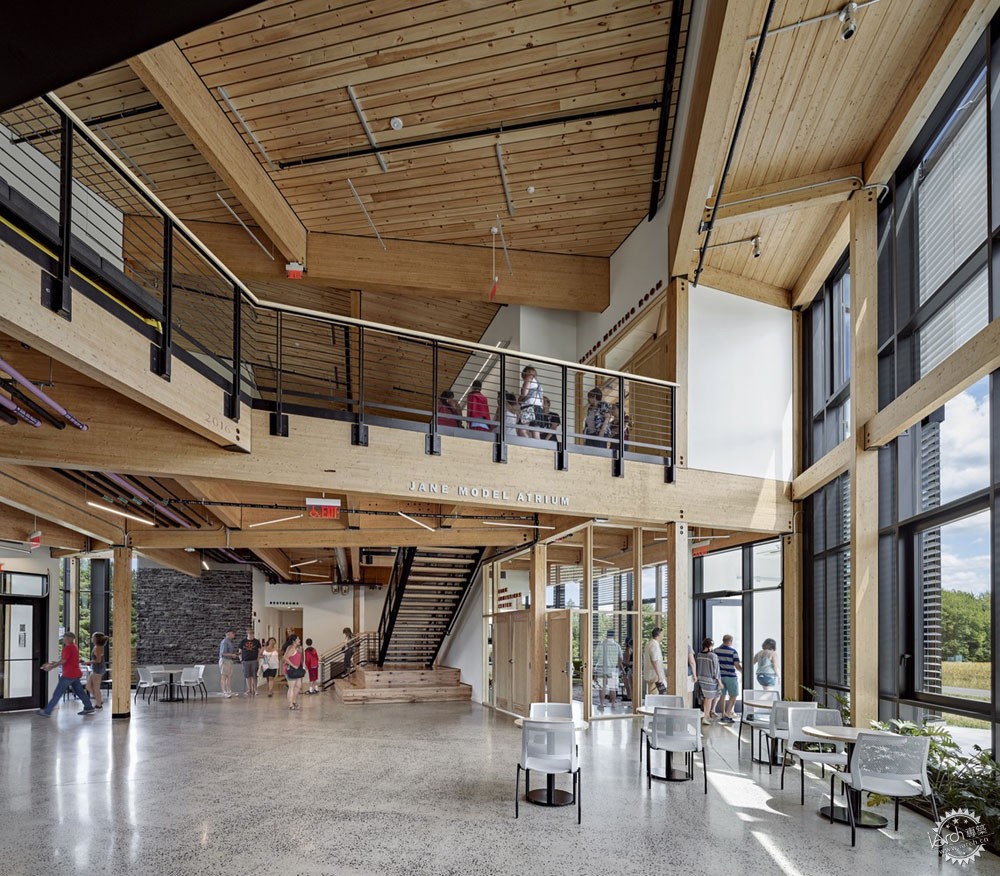
汉普郡学院的R.W.Kern中心/Hampshire College R.W. Kern Center - Photo by Robert Benson
与Bruner / Cott 建筑设计事务所的Jason Forney,Jason Jewhurst以及Dana Kelly对话:“对我们来说,每个项目都在向前迈进”
"For Us, Every Project is About Moving Forward": In Conversation with Jason Forney, Jason Jewhurst, and Dana Kelly of Bruner/Cott Architects
由专筑网王雪纯,吴静雅编译
由Simeon Bruner和Leland(Lee)Cott于1973年创立的Bruner / Cott Architects建筑设计事务所现由三位第二代负责人Jason Forney,Jason Jewhurst和Dana Kelly领导,他们于2016年接手了这一事务所。事务所的建筑师们来自不同国家,有着不同信仰,该事务所所负责的有关历史,工业和本世纪中期建筑的适应性再利用项目都得到了全世界的广泛认可,其中项目比如位于马萨诸塞州北亚当斯的MASS MoCA,还有面向未来的零净设计,比如在马萨诸塞州阿默斯特的汉普郡学院的RW Kern中心。
MASS MoCA是世界上最大的当代艺术博物馆之一,占地16英亩,有着由三十六座中世纪工业建筑组成的村庄式建筑群。而Kern中心是迄今为止的记录上世界上最大的生活建筑,向人们展示了最先进的可持续设计策略。以下与公司三位负责人的对话发生在他们位于波士顿的办公室。我们讨论了他们的所做的创新工作的历程,灵感,以及为什么他们将再利用项目的“适应性”称为“变革性”。
Established in 1973 by Simeon Bruner and Leland (Lee) Cott, Bruner/Cott Architects is now led by three second-generation principals, Jason Forney, Jason Jewhurst, and Dana Kelly, who took over the practice in 2016. Architects of a broad spectrum of work regionally and nationally, the firm is widely recognized for adaptive reuse projects of historical, industrial, and mid-century buildings, including MASS MoCA in North Adams, Massachusetts, as well as future-focused net zero design such as the R.W. Kern Center at Hampshire College in Amherst, Massachusetts.
One of the biggest museums of contemporary art in the world, MASS MoCA occupies a 16-acre site comprising a village-like complex of thirty-six mid-nineteenth century industrial buildings. The Kern Center, the world’s largest higher-ed certified Living Building to date, demonstrates the most advanced sustainable design strategies. The following conversation with the firm’s three principals took place in their Boston office. We discussed their history of innovative work, inspirations, and why their so-called “adaptive” reuse projects should be referred to as “transformative” instead.
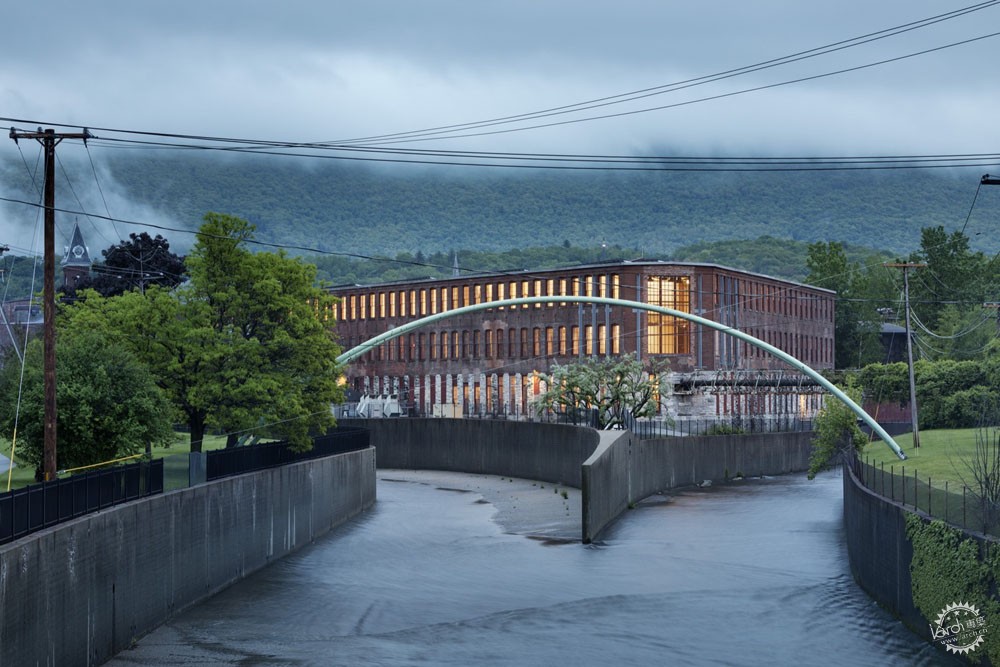
MASS MoCA Building 6 - Photo by Michael Moran
Vladimir Belogolovsky(下文简称VB):考虑到贵公司的悠久历史,您可否用一个特定的项目来描述贵公司的风格特征?
Jason Forney(下文简称JF):很明显,我会说MASS MoCA这个项目。在过去的三十年里,它以更为动态的方式将新旧融合,已经成为了我们实践的试验场 。我们的联合创始人Simeon Bruner和我们的负责人Henry Moss在20世纪80年代开始与MASS MoCA合作。他们想法从那时开始转变,并成为了下一代的核心理念。通常,历史建筑会按原样保留,或拆除重建。我们的目标是在保持一定数量的旧建筑的同时添加新东西,以使场地融合和连贯。 MASS MoCA是一个世界级的艺术博物馆,但它也展示了多层次的历史和沟通。这个项目是一项艰巨的任务,我们拆除了现有的地板,墙壁和外墙。通过拆除一部分东西,我们重新雕刻了空间,将其重新连接起来,以艺术方式使建筑充满活力。当人们去到那里时,会发现整个场地最终是融会贯通的,但其实现在的单个空间曾经是有着数百个散空间的组合。我们设计了三到四层高的垂直画廊,利用数百个窗户的将长视图开发到极致。你无法在其他地方找到这样的空间,你也不会想去从头开始设计这样的东西。
Jason Jewhurst(下文简称JJ):在这项工作中,我们要做的是在原建筑上进行改动,所以对于原始建筑,我们没有洗掉多少铜绿,也没有剥夺它的灵魂,我之所以这么说,是因为新建部分就像一个工厂,与原来的功能有很大不同。将三十年的历史融合在一起的是我们做出的仔细而周到的改动,无论是重新配置地板,还是以具体的方式将不同高度重新组合在一起,比如在建筑的端墙上,我们移除了三分之二的墙体,并用玻璃代替。
Dana Kelly(下文简称DK):我最喜欢的部分是在建筑物中的光井,我们拆除了所有的楼层和楼梯,留出一块干净的三层高空间,用不同颜色的砖块和残余的楼梯彰显出曾有的历史痕迹。一切都被重新组合,留下了最有价值的一面,并插入新的一面。
JF:就我个人而言,MASS MoCA是我来我们公司的根本原因。我听说了这个项目,并希望参与成为其中的一部分。我当时还在纽约工作,然后来到这里参与这个变革性的项目,我在过去的十七年里一直从事这项工作。
Vladimir Belogolovsky: Considering your firm’s long history, is there a particular project that you would identify as your manifesto?
Jason Forney: Clearly, it is MASS MoCA. Over the last thirty years, it has become a testing ground for our practice—in developing ways of weaving old and new together in a more dynamic way than it is typically done. Our co-founder, Simeon Bruner, and one of our principals, Henry Moss, began working with MASS MoCA in the 1980s. Their initial ideas evolved and became intrinsic to the next generation in our firm. Often, historical architecture is preserved as is or taken down to start building from scratch. Our goal is to keep the right amount of old and add the new so that the result is appropriate, sensitive, and coherent. MASS MoCA is a world class art museum, but it also demonstrates layers of history and communicates on several levels. This complex puzzle of a project was a massive undertaking—we removed existing floors, walls, and facades. By taking things away, we allowed spaces to be sculpted and reconnected in artistic ways that are energetic and powerful. When you go there, the results may seem consequential and even inevitable, but the reality is that what appears today to be a single space was once dotted with hundreds of columns. We created vertical galleries three or four stories tall, and we exploited extreme horizontality with long views with hundreds of windows. You can’t find such spaces anywhere else, and you would not think of designing something like this from scratch now.
Jason Jewhurst: Throughout this work, there was a lot of very careful editing, so we would not remove too much of the original buildings’ patina and soul, so to speak, because the new program was going to be so different from the original use as a factory. This is what ties together the thirty years of work there—careful and thoughtful editing, whether reconfiguring the floor or taking an elevation apart and putting it back together in a different and very specific way, which actually happened to one of the end walls—we removed two thirds of that elevation and replaced it with glass.
Dana Kelly: My favorite part is a lightwell in the middle of the building where we removed all floors and stairs to have a clean, three-story high elevation, which has so many traces of history represented in layers of brick of different colors and the remnants of stairs. Everything was recomposed, leaving the most valuable extant aspects and allowing in the new ideas.
JF: For me personally, MASS MoCA was the key reason I came to the firm. I knew about this undertaking and wanted to be a part of it. I was working in New York and came here so I could work on this transformative project—and I’ve been doing that for the last seventeen years.
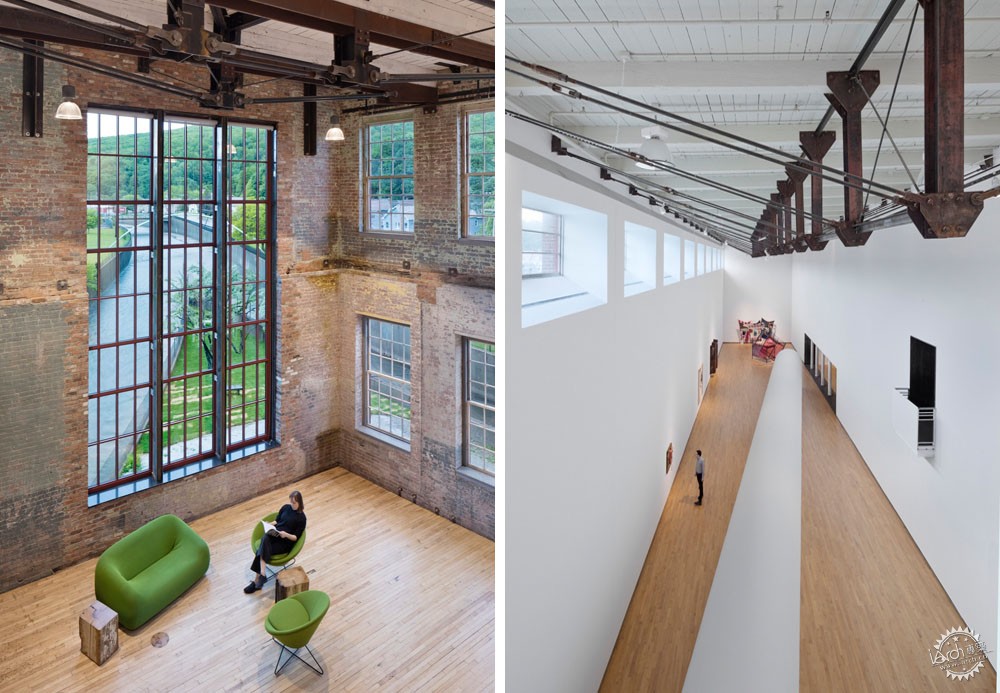
MASS MoCA Building 6 - Photo by Michael Moran
VB:最初是什么吸引了你?
JF:我参观了欧洲的一些项目,这些项目以非常强大的方式将新旧融合在一起。 Carlo Scarpa所做的Castellocchio就是其中之一。 MASS MoCA是我第一次看到一家美国公司在美国做的项目。当我开始在这里工作之后,我意识到年轻人在这里有机会进行大量的实践,而公司创始人非常支持他们的实践,他们鼓励我们表达并推动原创想法。因此,MASS MoCA扮演着实验室的角色,可以实现许多设计理念。这是一个非常多样化的多阶段项目,它为我们的其他项目也提供了许多策略,这些项目根据其目前和特定情况而有所不同。每次我参观博物馆时,我都可以看出人们是多么开心和兴奋,而且这座建筑提供了全面的探索建筑和艺术的体验。建筑成为体验的内在组成部分。
VB: What was it that originally attracted you to it?
JF: I visited a number of projects in Europe where old and new came together in very powerful ways. Castelvecchio by Carlo Scarpa was one of them. MASS MoCA was the first time I saw an American firm doing such a project in the US. And once I started working here, I realized that there was an opportunity for young practitioners to do a lot of experimentation that was supported by the firm’s founders, who encouraged us to express and push forward original ideas. So, MASS MoCA plays the role of a laboratory for many design ideas to happen. A very diverse, multi-phased project, it has provided many strategies for our other projects, which all emerge differently depending on their immediate and particular circumstances. And every time I visit the museum, I can tell how happy and excited people are, and it seems that the whole experience of exploring architecture and art is very holistic. Architecture becomes an intrinsic part of the experience.
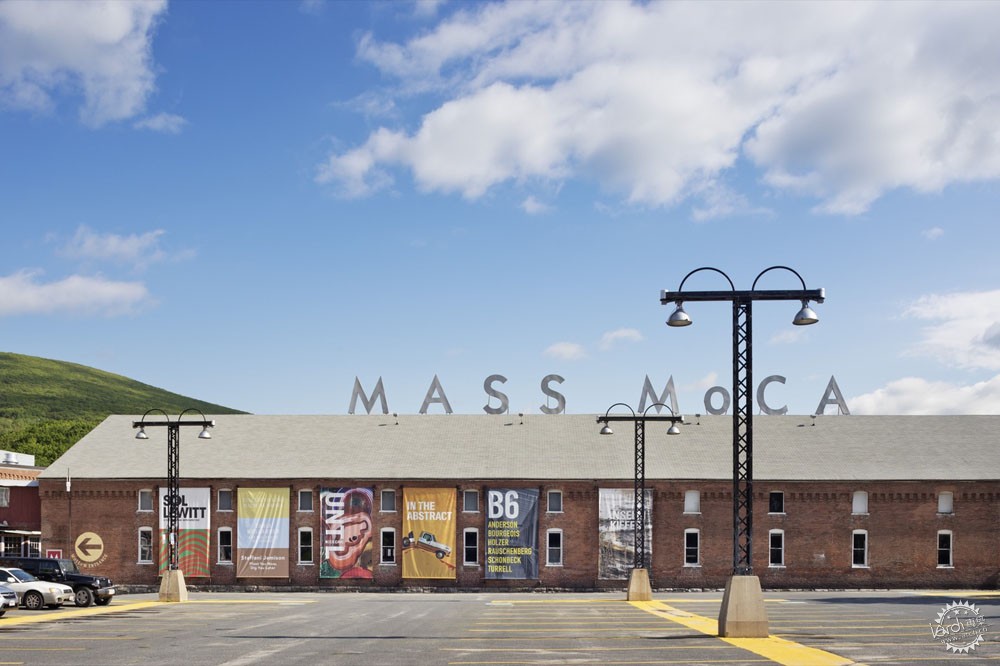
MASS MoCA Building 6 - Photo by Michael Moran
VB:从将70年代的工厂改造成住房的项目开始,您的公司被认为是适应性再利用项目的先驱。一位消息人士指出,您的公司“挑衅地绕开了建筑学的惯例。虽然保留历史建筑或大胆地将现代设计融入其中已成为标准做法,但Bruner/Cott公司已经选择了介于两者之间的东西。”您能谈谈什么是介于两者之间的方法吗?
JF:有一点很清楚——当在20世纪60年代和70年代美国开始实行自适应保留再利用时,它被视为一个独立于建筑的学科。但渐渐地,我们认识到只保护和清理历史建筑是不够的。我们必须为他们注入新的活力。
DK:这使我们能像设计新建筑一样,以相同的方式贴合原建筑。
JJ:我们总是将建筑环境视为机遇,我们做不同时代的建筑的改造方案。对我们来说,这些原建筑不仅仅只是历史中的记忆;它能让我们了解每栋建筑的潜力,品味其品质,同时为人们的参与和体验提供新视角。我们的许多项目都集中在中世纪的现代主义建筑上,例如史密斯校园中心,它是由1965年Josep Lluis Sert设计的十层混凝建筑哈佛大学霍利奥克中心改建而成。作为实践建筑师,我们与位于伦敦的Hopkins建筑设计事务所合作,将建筑改造成一系列具有多层联系的公共空间,并增强了一二层的透明度,Henry Moss领导了其立面的修复。
DK:我们不认为这些旧建筑是麻烦。我们寻找实施新干预措施的可能性。另一个例子是1963年建的波士顿大学法学院的修复和新建筑项目,这也是Sert负责的一座混凝土建筑。在那里,我们将Law Tower从教室改为教职员办公室和会议空间,建造了更容易到达的新Sumner M. Redstone大楼,并使两者交叉。像这样的历史建筑为我们的城市提供了很多机会。我们没有条件再像以前那样建造建筑了,所以我们需要珍惜它们。
VB: Your firm is celebrated as a pioneer of adaptive reuse projects, beginning with your ’70s-era conversions of decommissioned factories into housing. One source pointed out that your office “provocatively skirted conventions in the discipline. While it has become standard practice to either conserve historical fabric or audaciously layer contemporary design onto it, Bruner/Cott has opted for something in between.” Could you talk about this “in between” approach?
JF: One point is clear—when the practice of adaptive reuse and preservation began in America in the 1960s and ’70s, it was treated as a separate discipline from architecture. But gradually, I think we understood that just to preserve and clean up historical buildings is not sufficient. We really must breathe new and creative life into them.
DK: And this gives us permission to approach these structures the same way we design our new buildings.
JJ: We continually see the built environment as an opportunity, and we work with buildings from different eras. For us, it is never about preserving a time period; it is about understanding the potential of each building, embracing its qualities, while offering a new perspective on how people engage and experience it. Many of our projects focus on mid-century modern buildings, such as Smith Campus Center, created from the original ten-story, concrete, 1965 Holyoke Center at Harvard designed by Josep Lluis Sert. As executive architect, we worked with designers, London-based Hopkins Architects, on transforming the building into a series of public common spaces with multi-story linkages and increased transparency across the first two floors, and Henry Moss led the restoration of its facade.
DK: We don’t see these older buildings as a problem. We look for possibilities for them to accept new interventions. Another example is our restoration and new construction project for the 1963 Boston University School of Law, also a concrete complex by Sert. There, we converted the Law Tower from classrooms to faculty office and conference spaces and constructed the new, more accessible Sumner M. Redstone Building to intersect with it. Historical buildings like these provide so much opportunity for our cities. We can’t build like this anymore, so we need to treasure them.
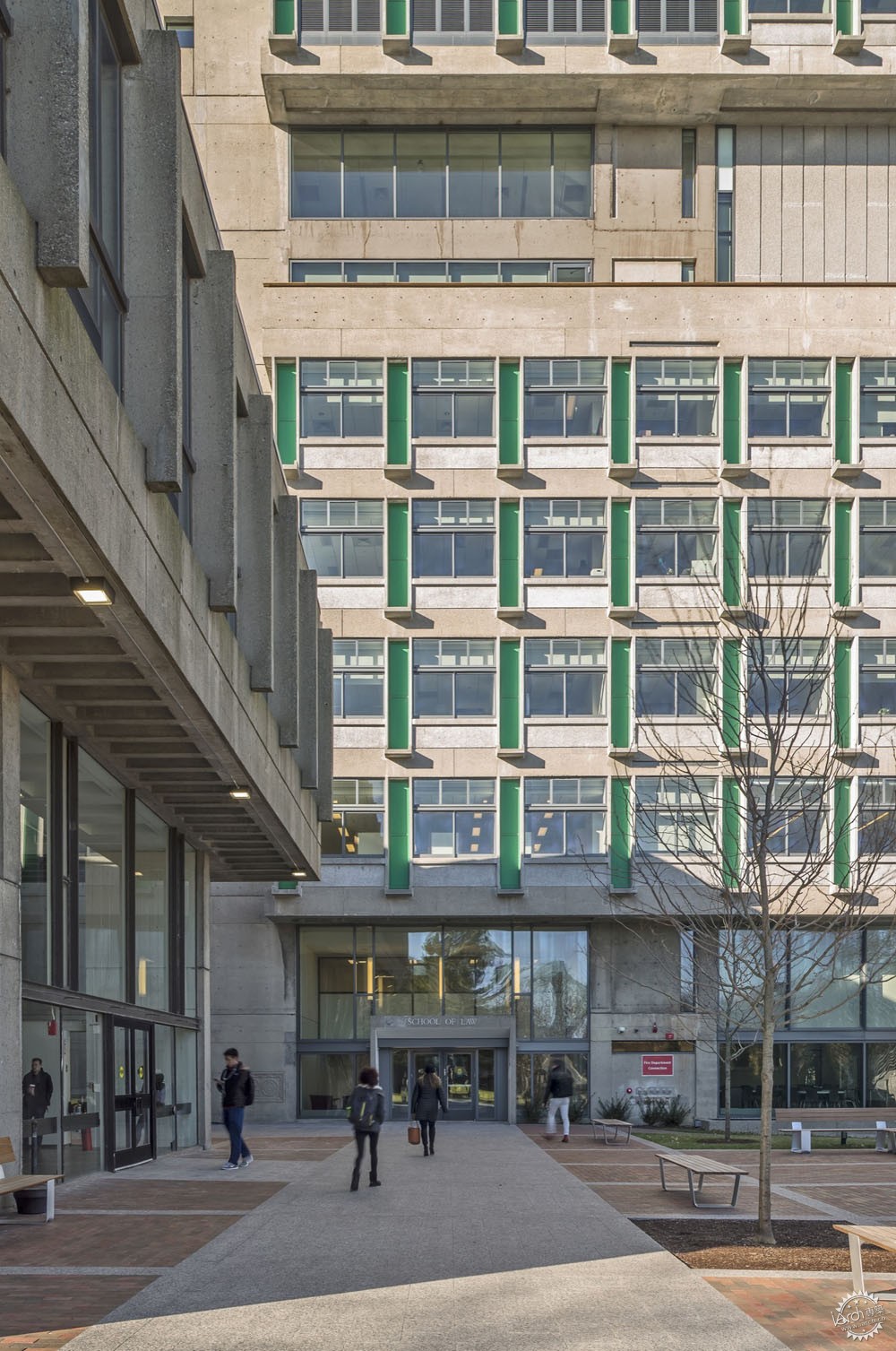
波士顿大学法学院/Boston University School of Law - Photo by Richard Mandelkorn
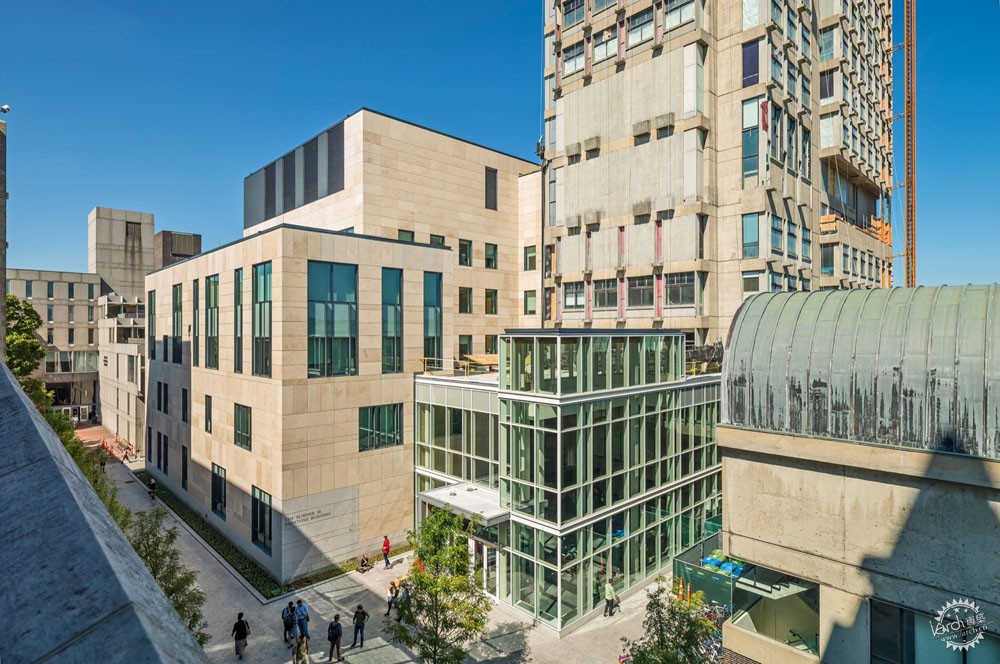
波士顿大学法学院/Boston University School of Law - Photo by Richard Mandelkorn
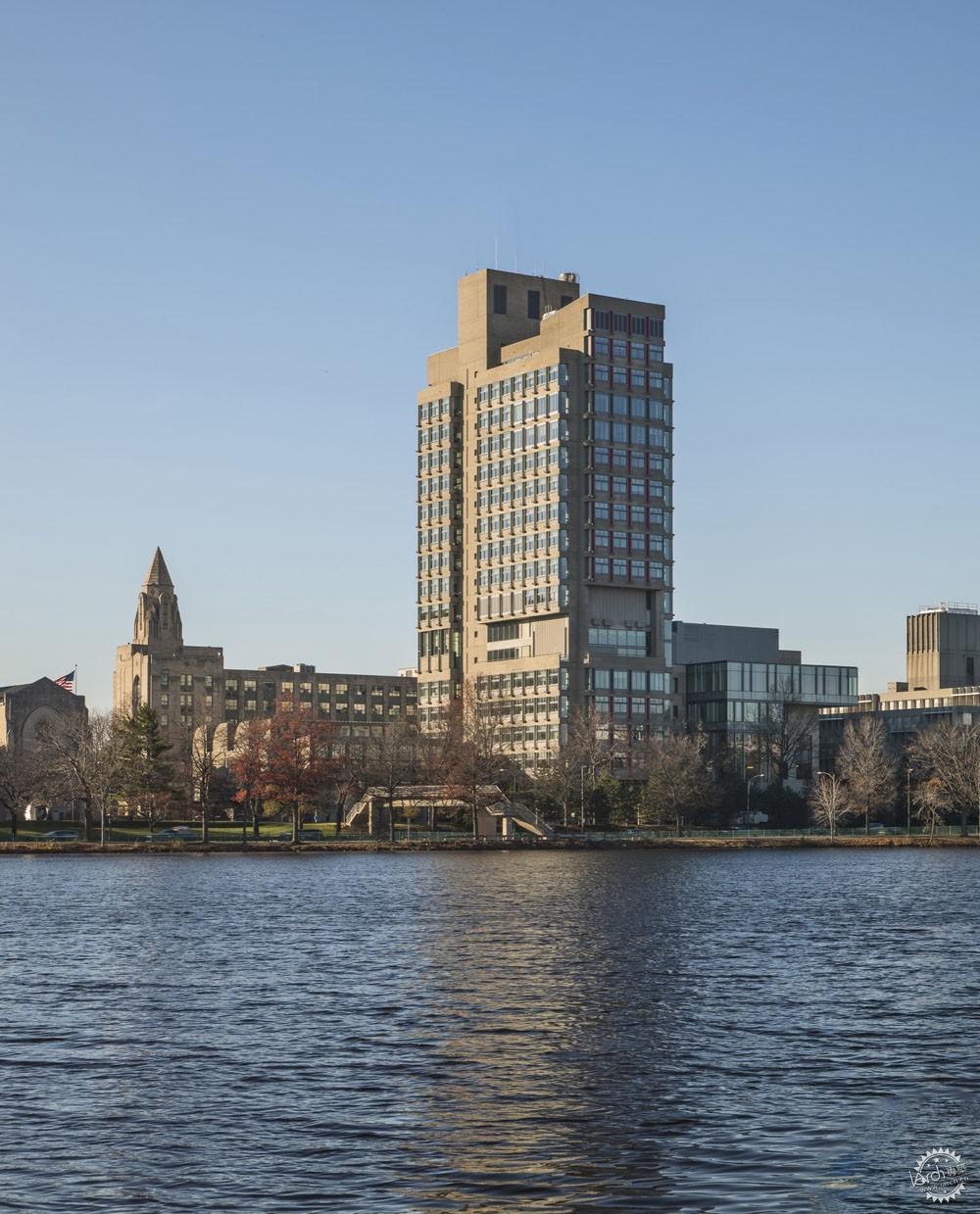
Boston University School of Law - Photo by Richard Mandelkorn
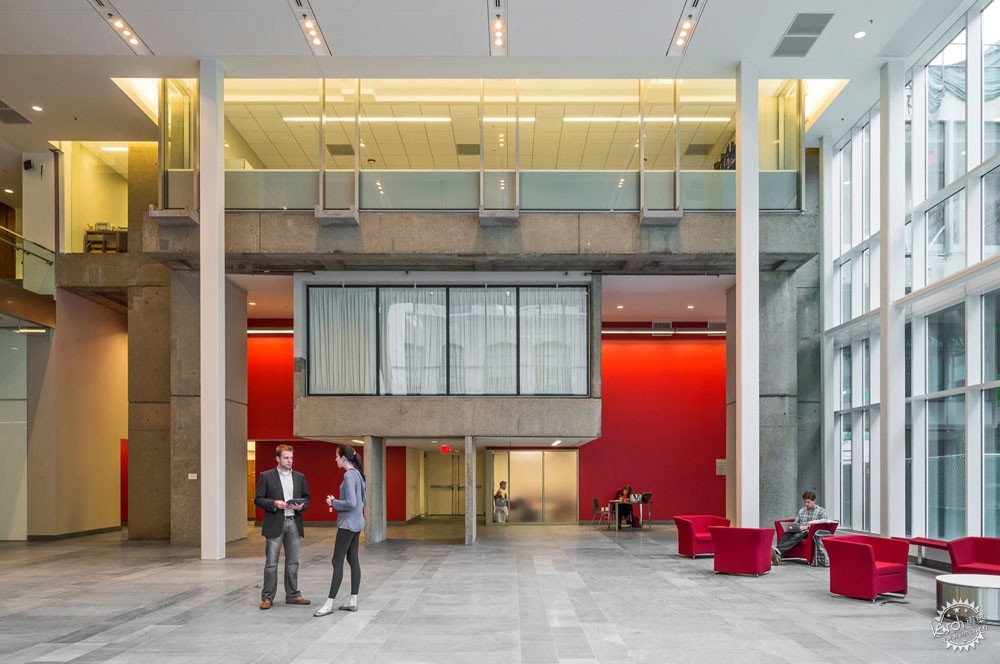
Boston University School of Law - Photo by Richard Mandelkorn
VB:您被认为是维护波士顿野兽派时代混凝土建筑的专家,就像你刚才提到的那样。您是否可以拓展这个话题,说说如何重复利用中世纪那些不是为周边地区建造的建筑物?
DK:Lee Cott和Henry Moss在Josep Luis Sert的领导下在哈佛大学接受教育,同时他正在设计一些波士顿的野兽派杰作。他们最初改造这些建筑物时,比如包括建于20世纪50年代和60年代的Peabody露台,他们为我们今天的这些建筑物的合作和理解方面做了铺垫。他们两人为BU法学院和史密斯校园中心项目的成功发挥了重要作用。
JJ:当然,中世纪的现代建筑与传统的砖石、砖砌建筑有着不同的个性,就比如说MASS MoCA。这个时代的大多数建筑是在还未意识到能源问题的背景下建造的,它们的主要材料混凝土,对抵御东北气候十分有效。但现在,它们需要整修。这些建筑声誉不是很好,因为其中的大多数都既不温暖舒适,又不美丽。我们在进行装修之前对人的看法进行了调查,发现人们对它有一种耻辱感。人们与建筑无法产生联系。因此,对我们来说,这项工作需要做多方面的策略,这就要求我们对于保留、拆除和替换的内容进行评估。它不仅仅只修复建筑物外壳和系统,我们喜欢将建筑重新编程以用于未来的新用途。
JF:作为建筑师,我们了解这些建筑的价值,了解这些建筑代表着波士顿的进步。我们相信可以通过大胆又富有想象力的转变来改善它们。人们可能不喜欢它们,但如果你像史密斯校园中心那样引入木头、种植的墙壁、宽敞的教室、社交区域和用餐区以及为BU法学院做的波士顿河景观,人们会对于这些温暖的材料和温馨的环境产生回应。
VB: You are credited with being a specialist in maintaining Boston’s Brutalist-era concrete buildings such as those you just mentioned. Could you expand on this mission and talk about the challenges of reusing mid-century buildings whose envelopes were not often designed for the temperate zones in which they were built?
DK: Lee Cott and Henry Moss were educated at Harvard under the leadership of Josep Luis Sert while he was designing some of Boston’s Brutalist masterpieces. It was initially while working on renovating and adapting these structures—including Peabody Terrace, built in the 1950s and ’60s—that they developed a particular expertise in working with and understanding these buildings that we continue to embrace today. Lee and Henry were both instrumental in the success of the BU School of Law and the Smith Campus Center projects.
JJ: Of course, mid-century modern buildings have different personalities from the older masonry and brick mill buildings from which, for example, MASS MoCA is comprised. The majority were designed at the time when energy conservation was not a concern, and their primary material—concrete—proved to be very challenging with our Northeast climate. Now, they need to be repaired. These buildings don’t exactly have a great reputation; they are not associated with comfort, warmth, and beauty by most. We surveyed what people thought of them before undertaking our renovations, and there is a stigma attached to them. People don’t relate to them. So, for us, this work requires multifaceted strategies—this challenges us to evaluate what we should remove and replace, and what we should keep. It’s not only about rehabilitating building envelopes and systems—we love to reprogram them for new and future uses.
JF: As architects, we also understand the value of these buildings and the fact that they represented progressive Boston at the time they were being constructed. We believe there are ways to improve them through bold, imaginative transformations. People may not love them, but if you introduce wood or a planted wall as the Smith Campus Center does, or spacious classrooms, social and dining areas, and Boston River views as the BU School of Law does, they respond to these new humane and warm materials and inviting environments.
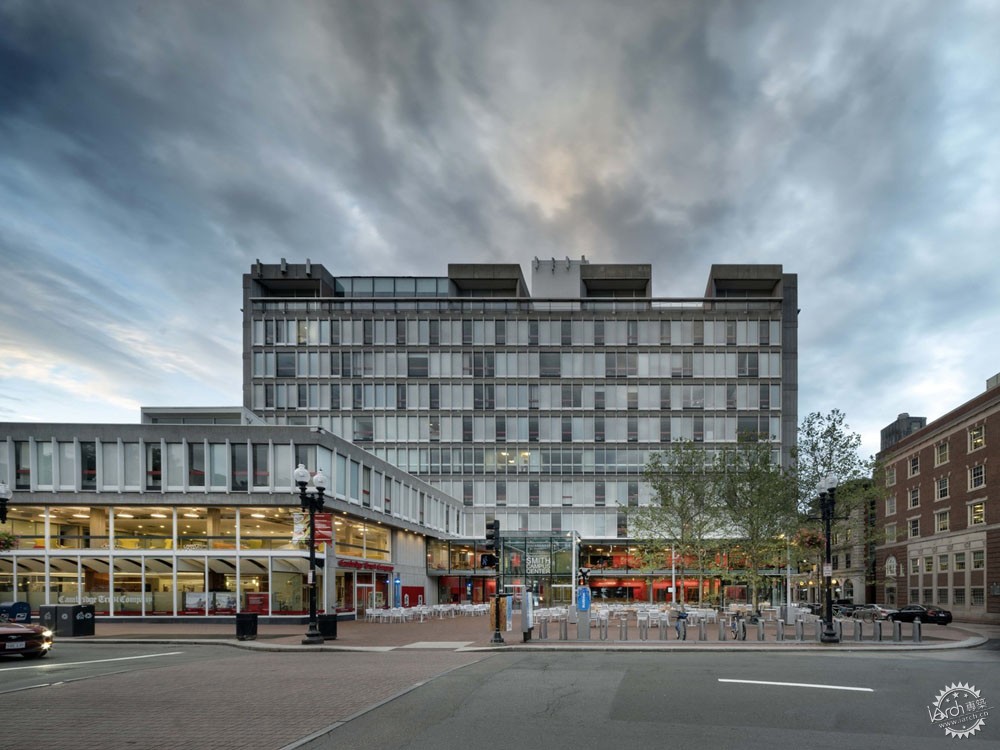
哈佛大学史密斯校园中心/Harvard University Smith Campus Center – Hopkins Architects (design), Bruner/Cott Architects (executive) – Photo by Nic Lehoux
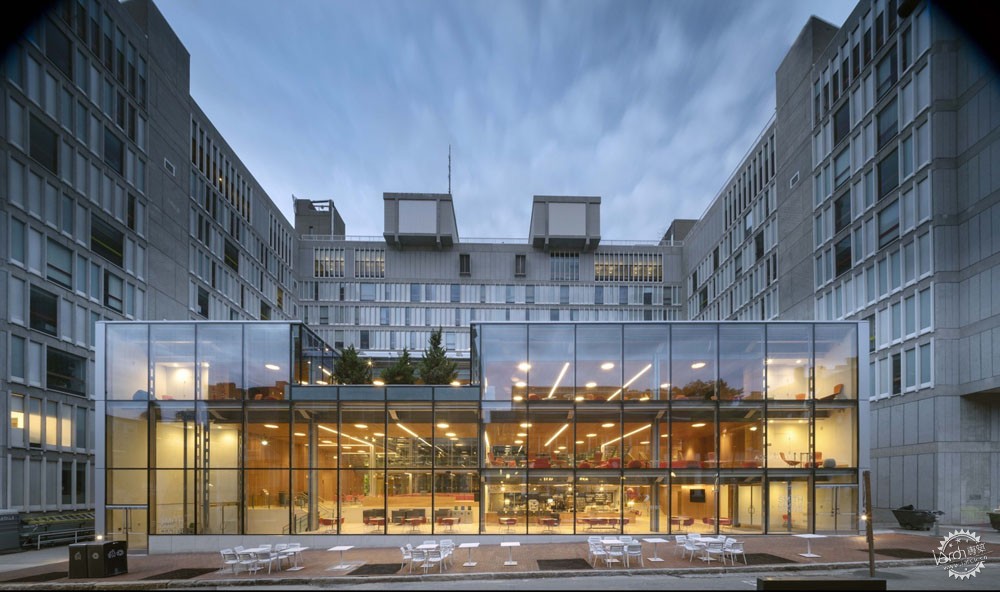
哈佛大学史密斯校园中心/Harvard University Smith Campus Center – Hopkins Architects (design), Bruner/Cott Architects (executive) – Photo by Nic Lehoux
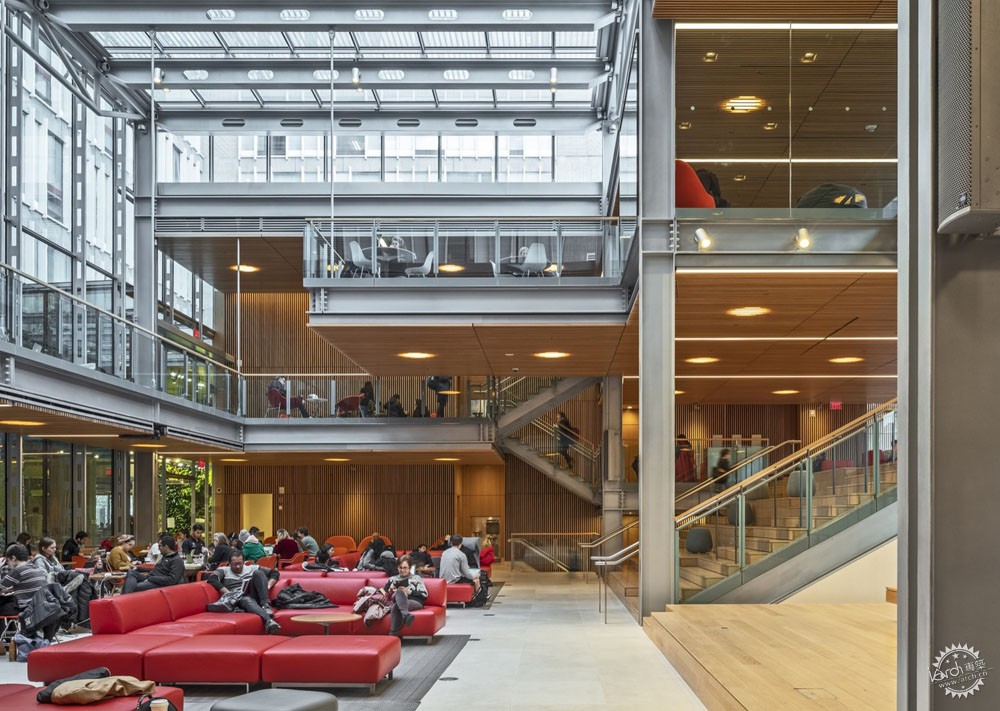
哈佛大学史密斯校园中心/Harvard University Smith Campus Center – Hopkins Architects (design), Bruner/Cott Architects (executive) – Photo by Mandelkorn
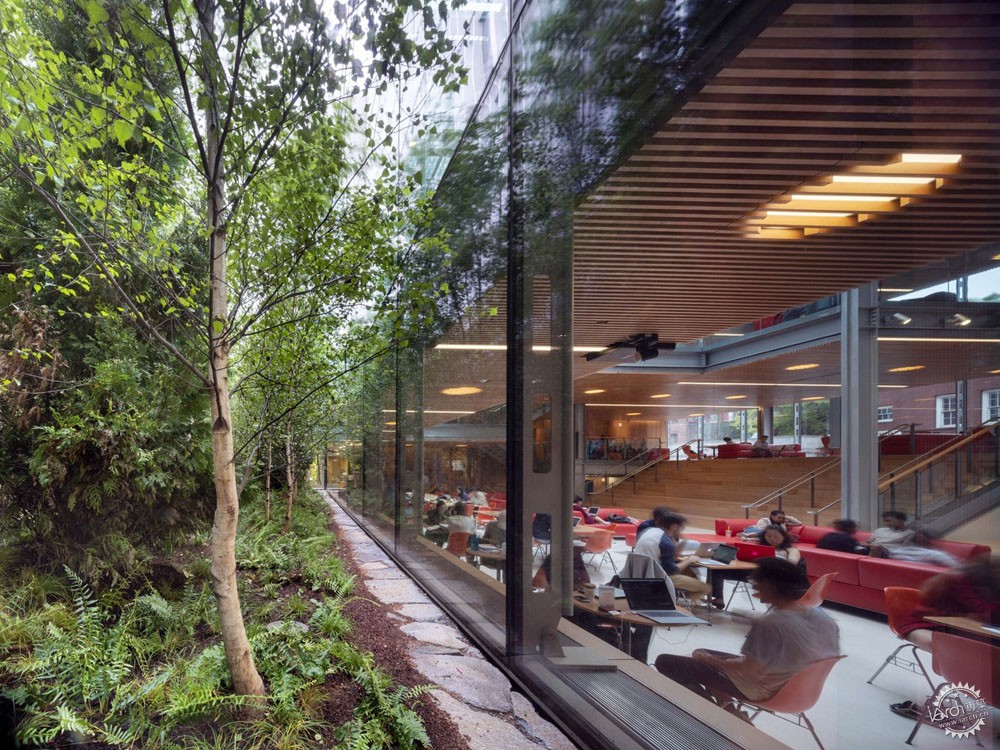
哈佛大学史密斯校园中心/Harvard University Smith Campus Center – Hopkins Architects (design), Bruner/Cott Architects (executive) – Photo by Nic Lehoux
VB:您是否也同意自适应再利用项目正在变得时髦这种说法?这种风气是什么时候从波士顿开始的呢?
DK:Bruner / Cott开始了这一趋势! [笑]。Simeon and Lee的钢琴工艺协会项目于1974年完成,是全国第一个将工厂改造成艺术家住宅的项目,我们在2016年对其进行了翻新,使其更加适应城市生活。这个改造项目激发了波士顿南端社区的转型。但我们从未想过将我们的装修项目变成一种风格。
JJ:我们试图抵制任何程式化的工作。我们更愿意将每个项目视为我们探索新设计解决方案的设计实践。我们不是保护主义者;历史建筑和环境同样影响着我们的设计。对我们来说,每个项目都是关于进步的。任何建筑项目都可以被重用,因为它们都能形成辐射区和肩颈背景,可以通过即将发生的变化进行转换。我们致力于用坚固美观的本地材料打造建筑,并推动当前的建筑行业标准,以创造一个强大的随着时间的推移将优雅地老化的可持续建筑。
JF:我同意你所说的“趋势”,但我不认为将我们的装修项目称为“自适应再利用”是准确的,对我而言,这意味着出现了问题,说明建筑物不适用于目前的用途。我喜欢将其转变为积极的想法并谈论“变革性改造”。我们正在将原有建筑转变为我们现在都想要的东西,而不是修复那些从未发挥作用的东西。这才是我们想做的那种建筑 :崭新的,积极的和变革性的。
VB: Wouldn’t you also agree that adaptive reuse projects are becoming trendy? When did this start here in Boston?
DK: Bruner/Cott started this trend! [Laughs.] Simeon and Lee’s Piano Craft Guild project, completed in 1974, was the nation’s first conversion of a major mill structure into housing for artists, and we renovated it in 2016 to provide amenities for urban living. This original conversion project helped spark the transformation of the neighborhood, Boston’s South End. But we never thought of turning our renovation projects into a style.
JJ: We try to resist any stylization of our work. We prefer to look at each project as a specific design opportunity where we explore new design solutions. We are not preservationists; historical buildings and context influence our designs. For us, every project is about moving forward. Any building project can be viewed as reuse because they all have a site and context that will be transformed by what’s to come. We strive to design buildings constructed out of solid, local, beautiful materials and push the current building industry standards to produce a robust sustainable architecture that will age gracefully over time.
JF: I agree with you about a “trend,” but Idon’t think that it is accurate to call our renovation projects “adaptive reuse,” which, to me, implies that something is wrong and that the building does not work for its current use. I like to flip it to a positive idea—and talk about “transformative reuse”—we are transforming the existing building into something that we all want now instead of fixing something that never worked. This is the kind of architecture that we want—new, positive, and transformative.
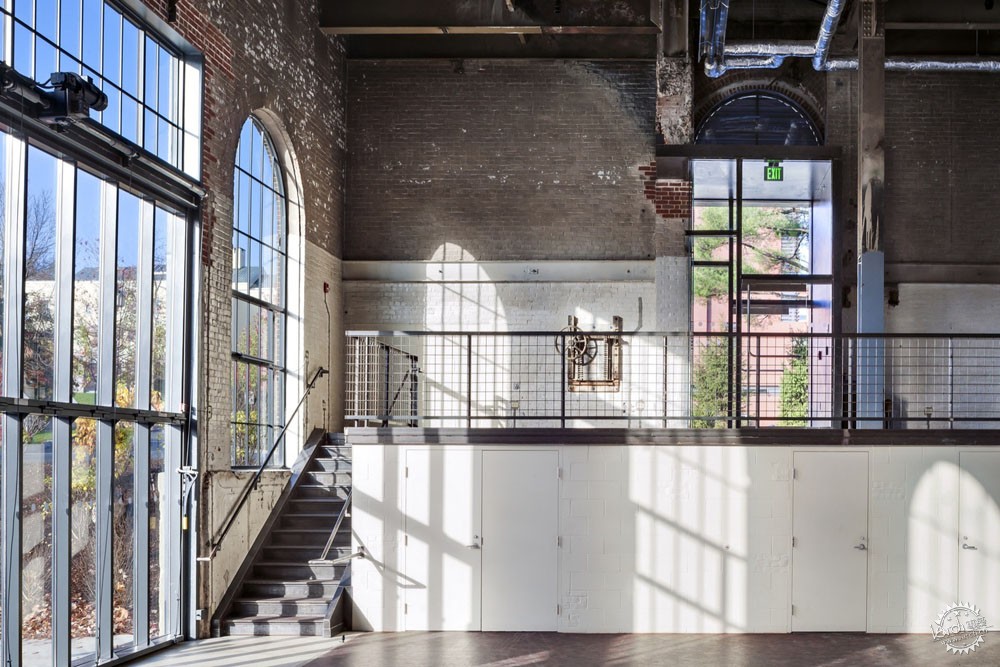
Amherst College Powerhouse - Photo by David Lamb
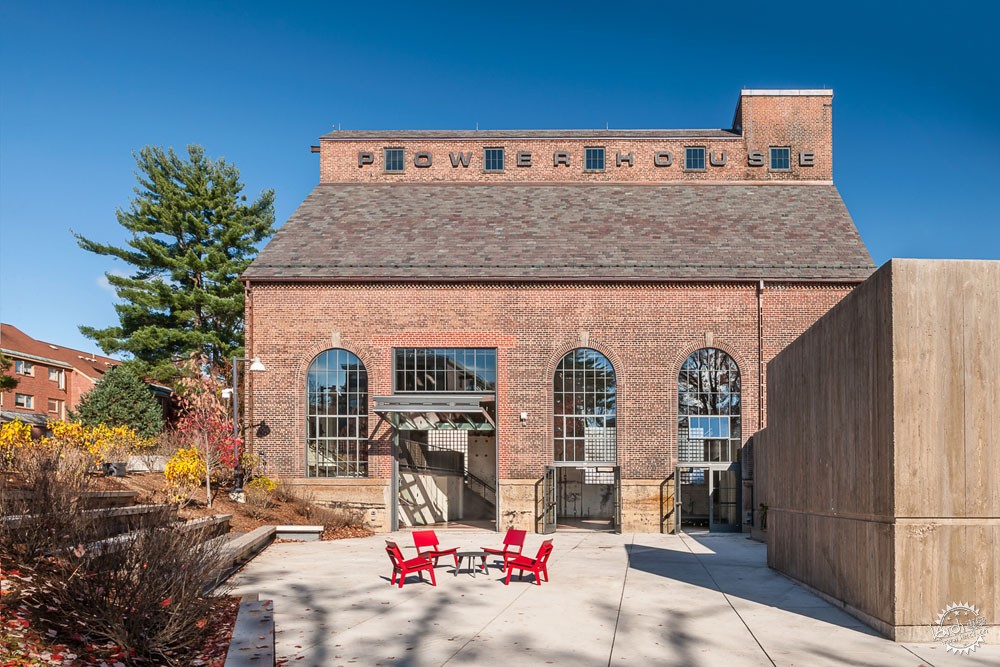
Amherst College Powerhouse - Photo by David Lamb
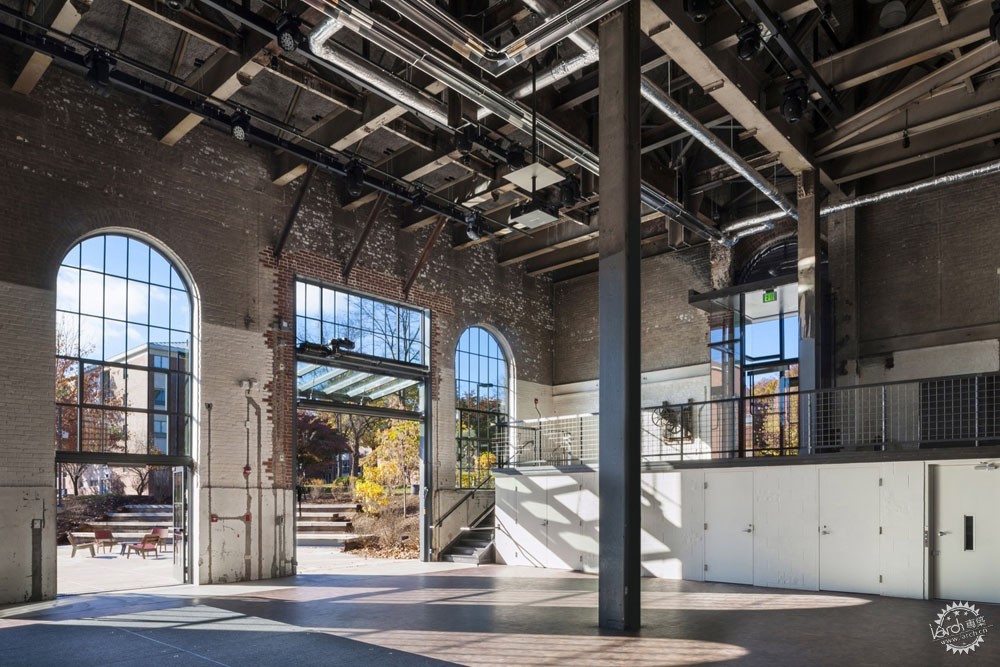
Amherst College Powerhouse - Photo by David Lamb
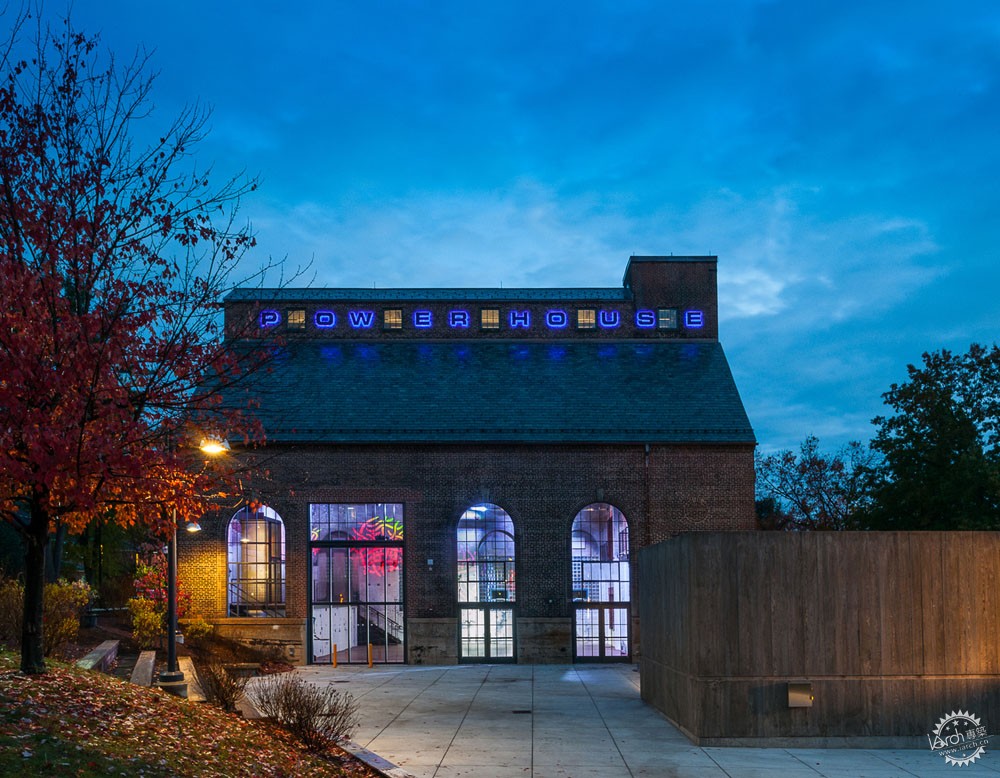
Amherst College Powerhouse - Photo by David Lamb
VB:您的公司也同样致力于可持续设计,包括汉普郡学院的R.W.Kern中心生活建筑挑战赛(LBC),该中心符合世界上最严格的建筑性能验证标准。您是如何进入这项前沿工作的,您对它的期望是什么?
JF:这项工作是变革性再利用的自然伴侣,因为它们都旨在改善环境条件并更好地照顾我们的星球。设计Kern中心是一个转折点,因为LBC使我们开始质疑以往的建筑行为,于是我们转向设计一种更积极和再生的建筑。生活建筑存在于其场地内 ,它会自行产生能量,自行收集和处理用水,并由当前市场能提供的最健康和最负责任的材料制成。
JW:我们的包容性设计流程对项目的成功至关重要。Kern中心纯粹反映出我们公司是再利用方面的先驱,可持续性已成功融入其核心价值观和设计愿景中。作为建筑师,我们有独特的方式通过设计来产生积极的影响,那就是设计具有再生性,公平性和尊重地球长期承载能力的建筑。作为倡导者,我们发挥影响力,引导客户、制造商、同行和公众了解到可再生和可持续建筑环境的价值。结果是我们精心打造的建筑深深植根于其所在的地区,做到了生态平衡,做到了环保,也将人们联系到了一起。
DK:Kern中心和严格的建筑性能标准不仅仅是对Bruner/Cott的历史和成功的赞同。我们将当下、未来和过去编织在一起。这般有意而为之,我们为此感到自豪。我们对新建筑的设计以我们在历史建筑的改造保护方面的工作为依据,我们通过新项目来推动与旧建筑的合作。我们都很期待这样的愿景能将我们带到何方!
VB: Your firm is also equally engaged in sustainable design, including the Living Building Challenge (LBC) certified R.W. Kern Center at Hampshire College, which meets the world’s most rigorous proven performance standard for buildings. How did you come to this cutting-edge work, and what are your aspirations for it in your practice?
JF: This work is a natural companion to transformative reuse, in that they both aim to improve the environmental conditions and take better care of our planet. Designing the Kern Center was transformational in that the LBC causes us to question every act of building, moving to a kind of architecture that’s more positive and regenerative. Living Buildings exist within the means of their sites—generating their own energy, collecting and treating their own water, and being made from the healthiest and most responsible materials the current market offers.
JW: Our inclusive design process was critical to the project’s success. The Kern Center is a pure reflection of the firm’s pioneering roots in reuse, and sustainability was successfully melted into its core values and design vision. As architects, we have a unique opportunity to create positive change by designing buildings that are regenerative, equitable, and respect the long-term carrying capacity of the earth. As advocates, we exercise our influence to lead clients, manufacturers, peers, and the general public on the value of sustainable built environments, both reused and new. The result is beautifully crafted architecture that is deeply rooted in its region, ecologically balanced, and environmentally responsible that also connects people to a place.
DK: The Kern Center and the aspirations of rigorous building performance standards is more than a nod to the history and success of Bruner/Cott. They weave together today, tomorrow, and our past. It is completely intentional, and we are very proud of this. Our designs for new buildings are informed by our work on the transformational reuse and preservation of historical buildings, and our work with older buildings is informed by what we learn through our new projects. We are excited about where this will take us!
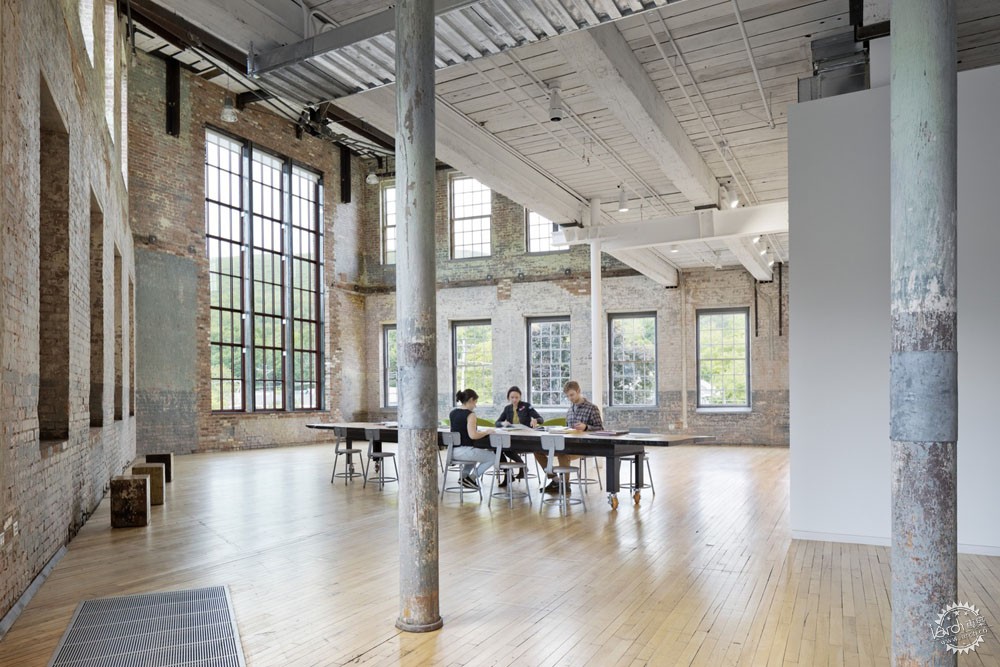
MASS MoCA Building 6 - Photo by Michael Moran
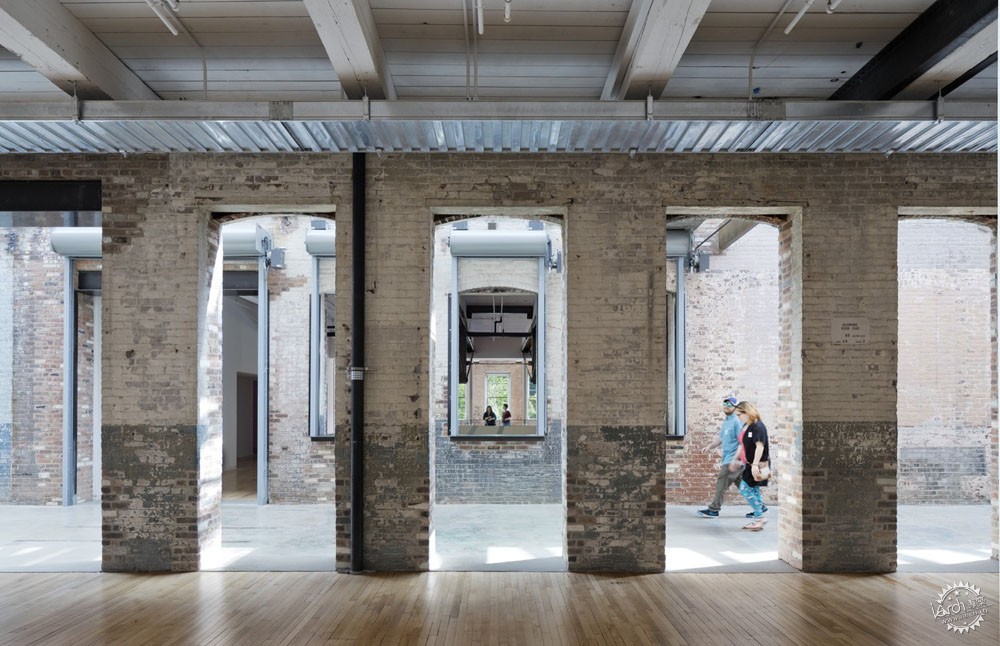
MASS MoCA Building 6 - Photo by Michael Moran
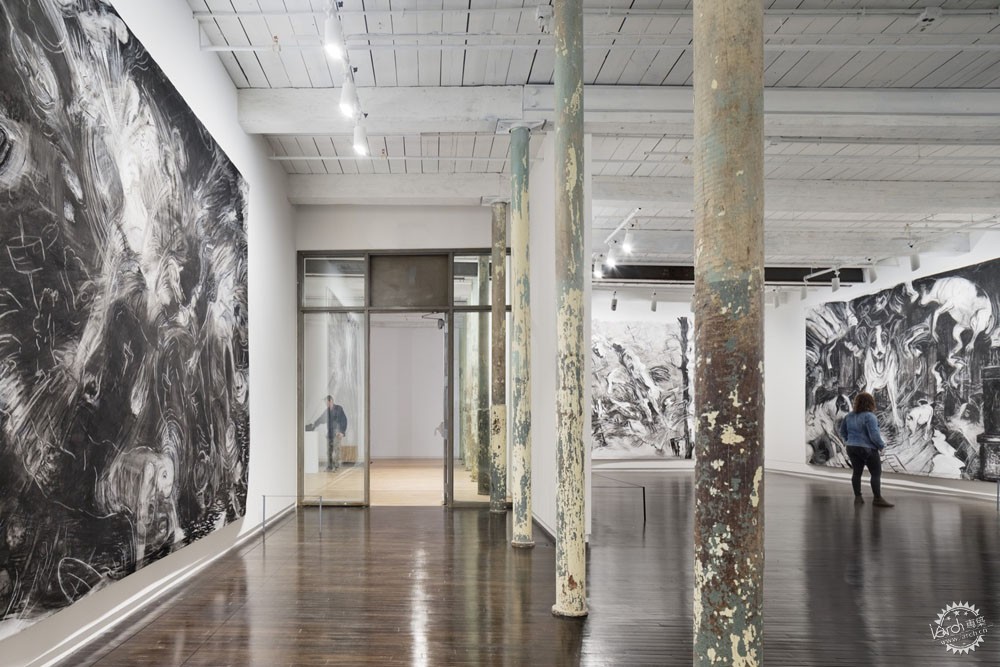
MASS MoCA Building 6 - Photo by Michael Moran
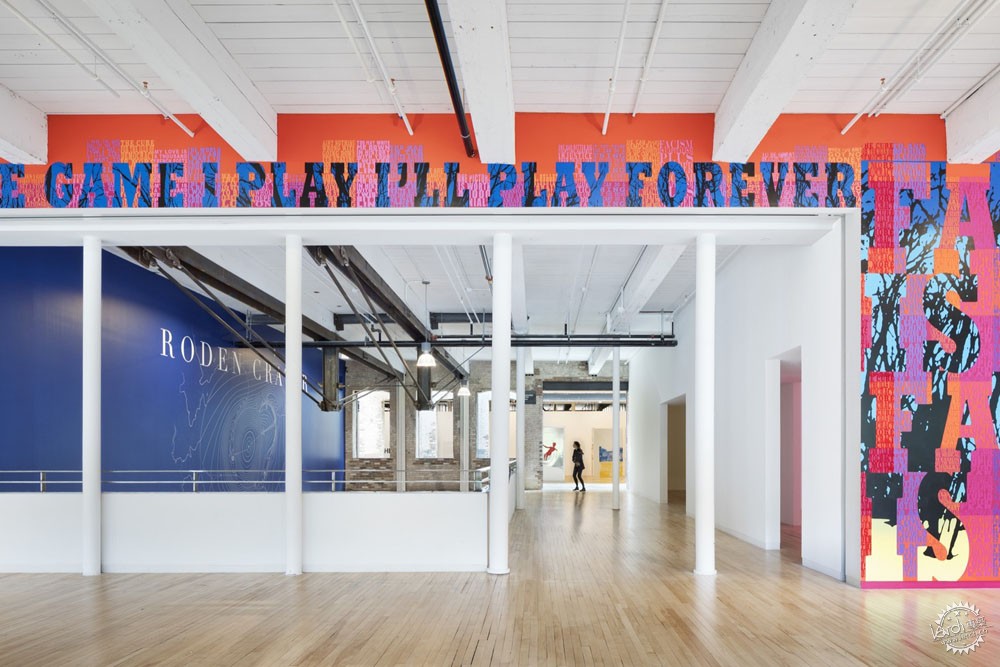
MASS MoCA Building 6 - Photo by Michael Moran
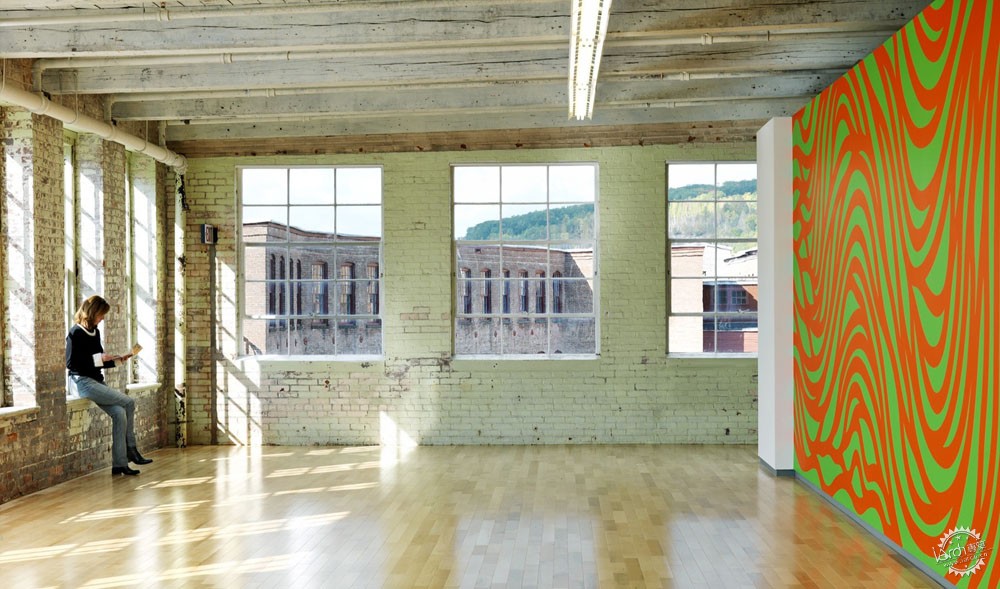
MASS MoCA - Photo by Richard Mandelkorn
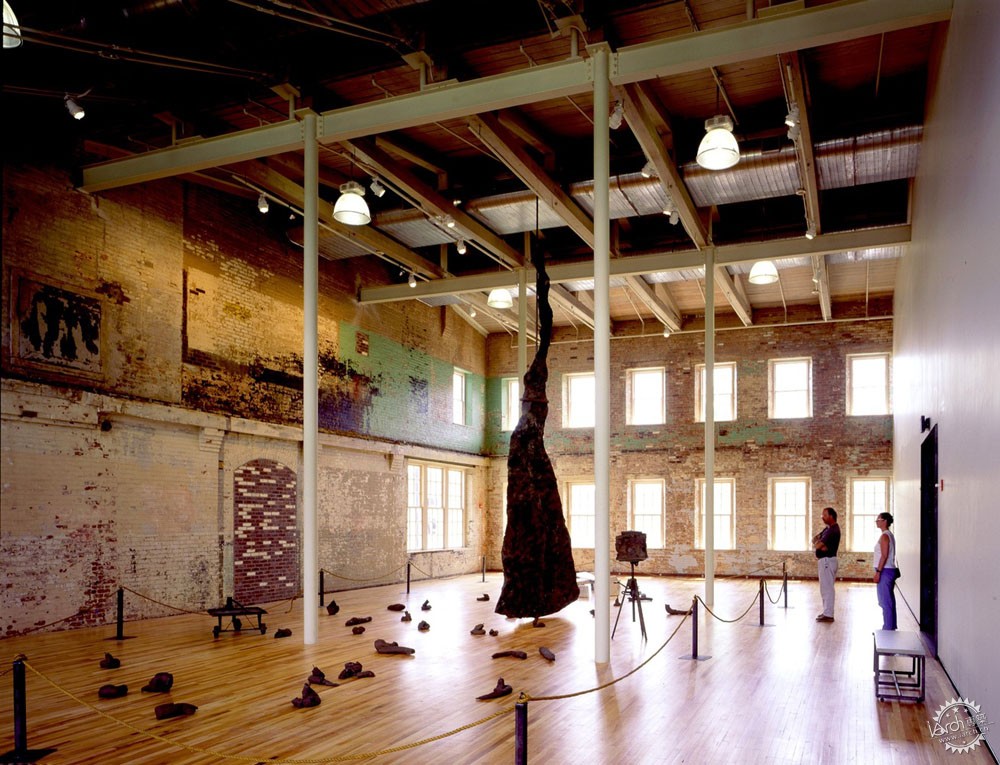
MASS MoCA - Photo by Robert Polidori

MASS MoCA
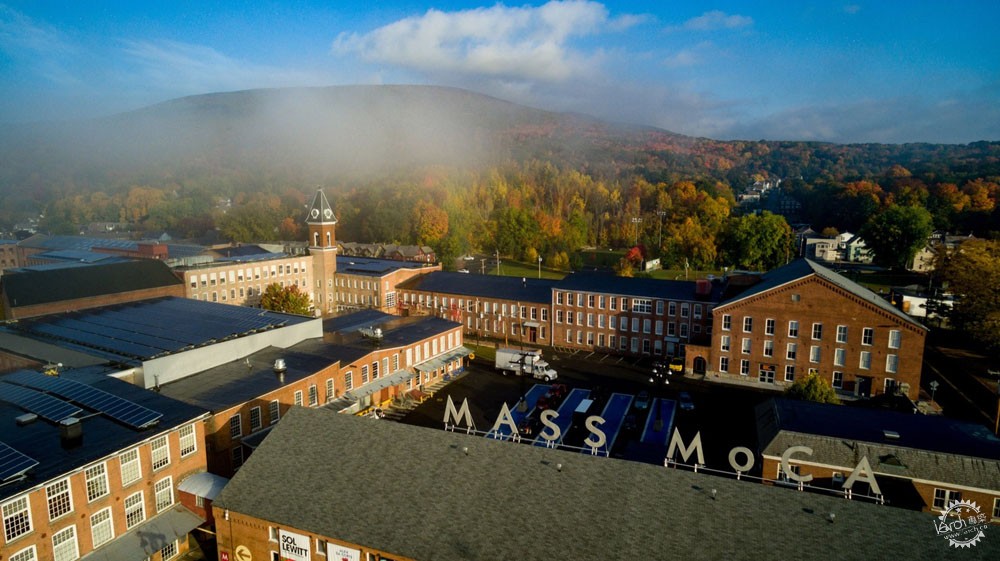
MASS MoCA
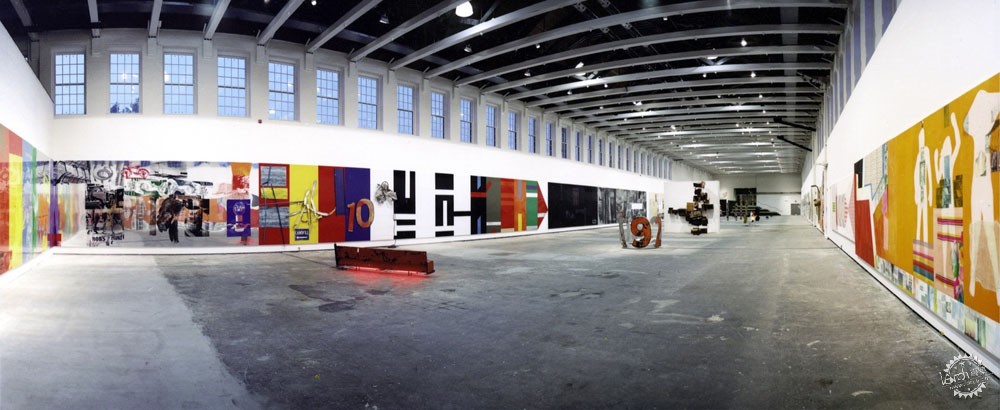
MASS MoCA - Photo by Nick Whitmann
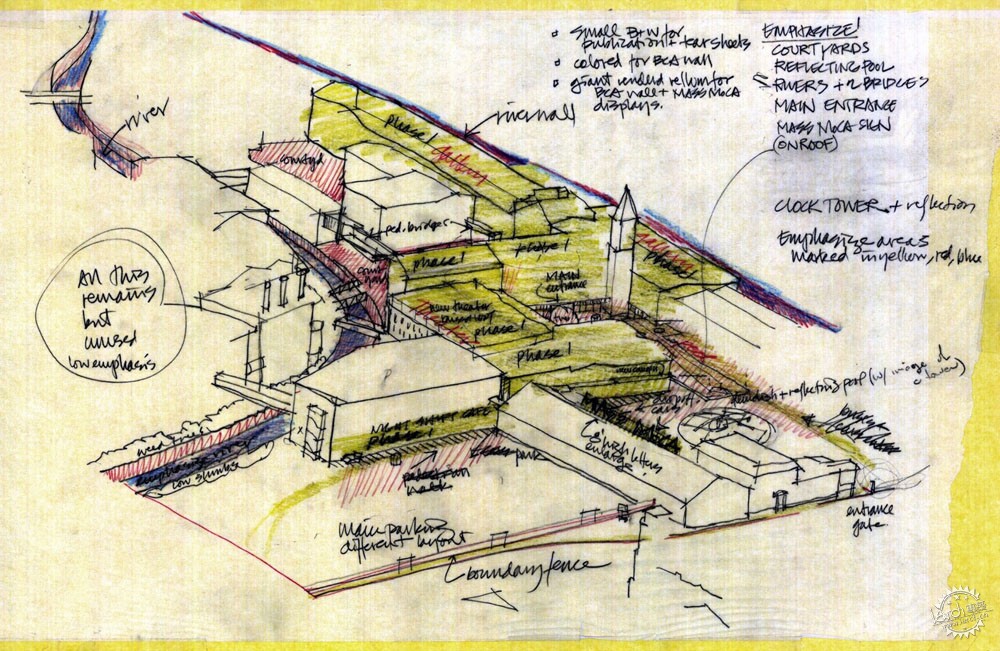
Courtesy of BrunnerCott
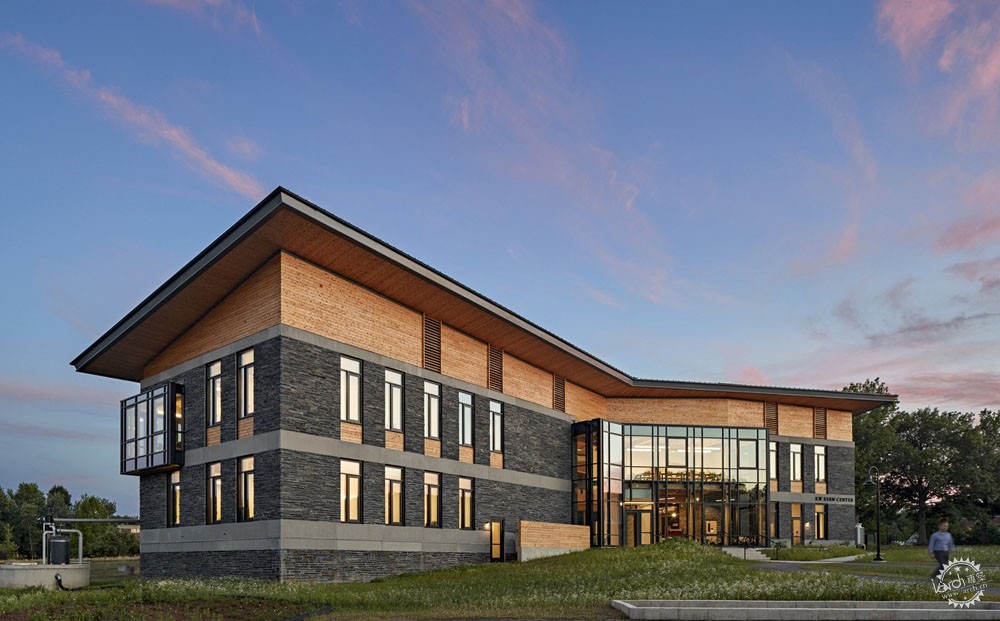
Hampshire College R.W. Kern Center - Photo by Robert Benson
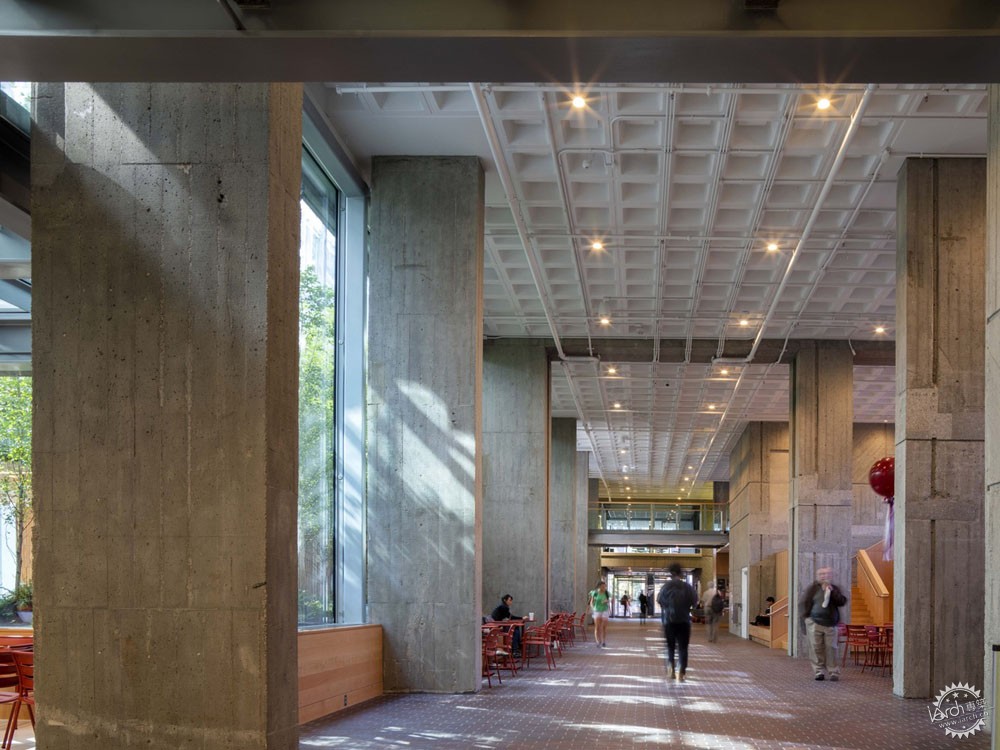
Harvard University Smith Campus Center – Hopkins Architects (design), Bruner/Cott Architects (executive) – Photo by Nic Lehoux
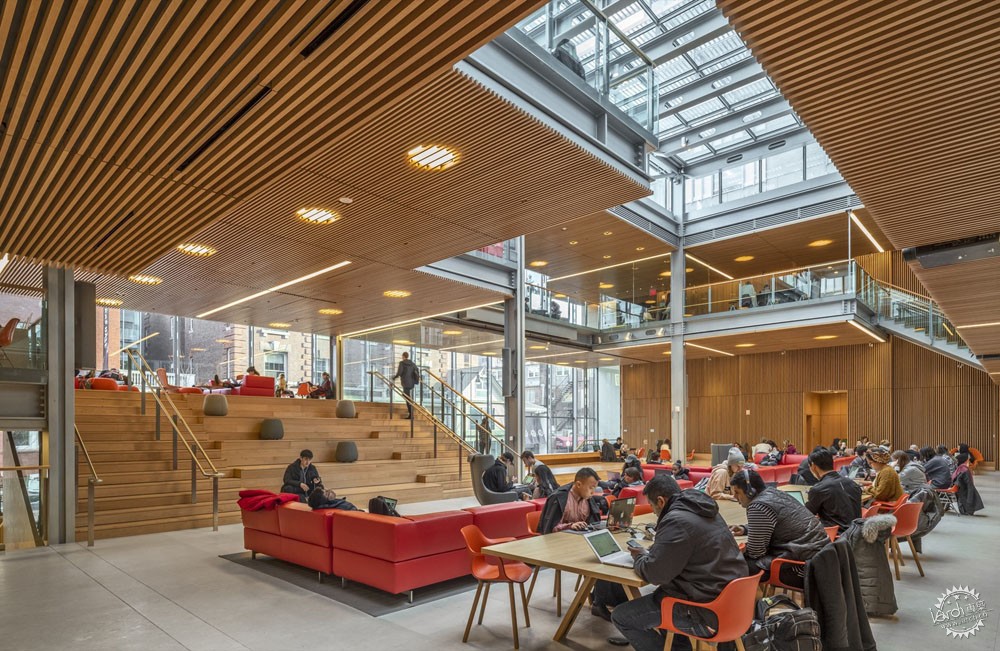
Harvard University Smith Campus Center – Hopkins Architects (design), Bruner/Cott Architects (executive) – Photo by Mandelkorn
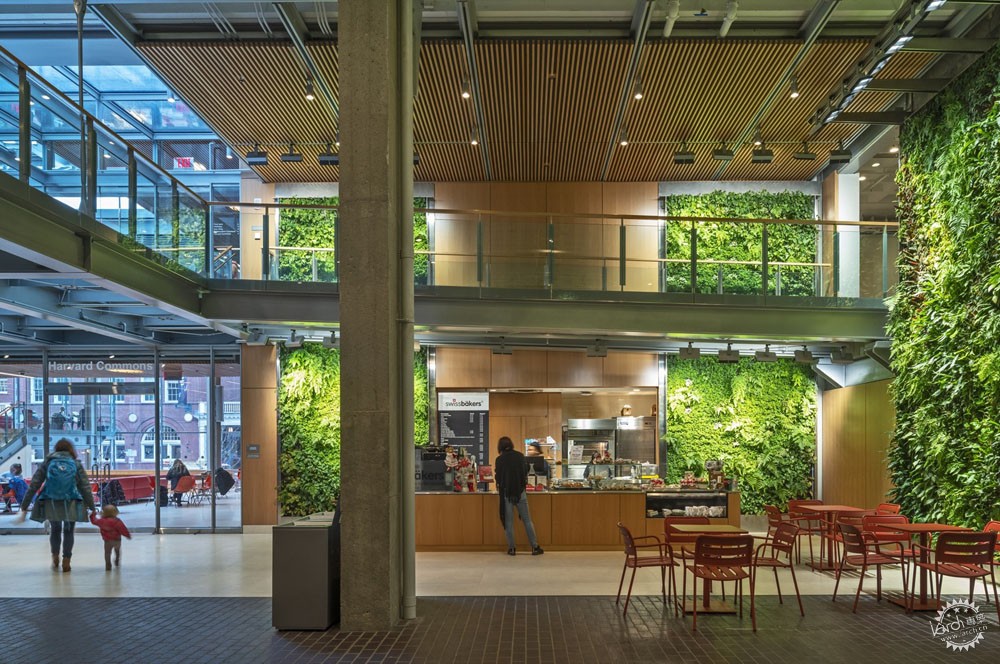
Harvard University Smith Campus Center – Hopkins Architects (design), Bruner/Cott Architects (executive) – Photo by Mandelkorn
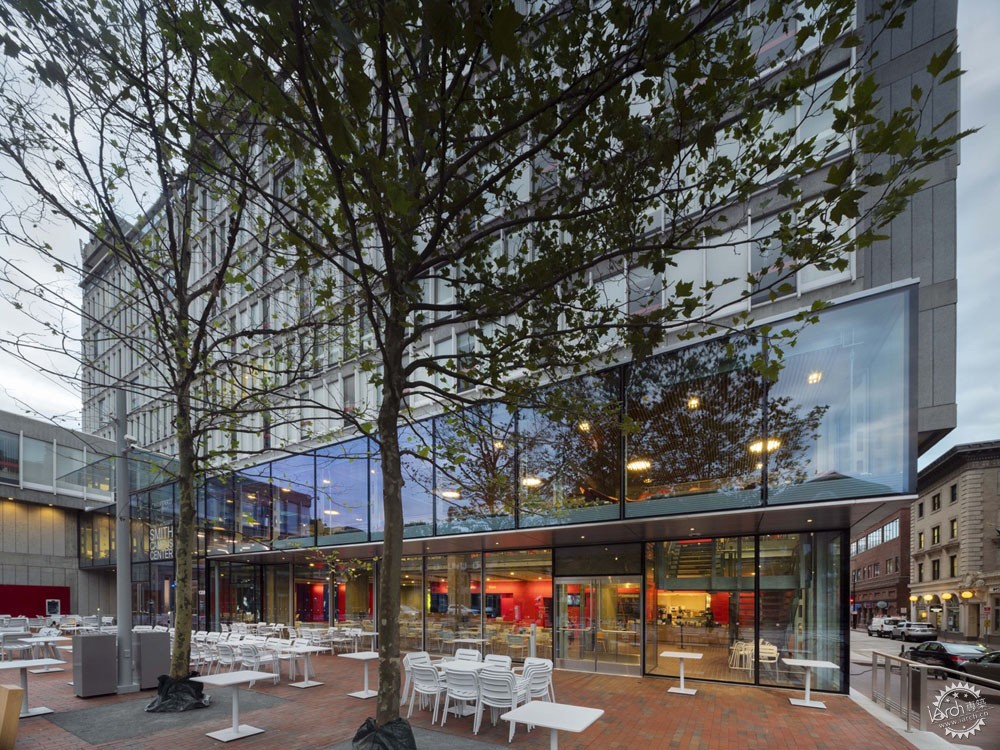
Harvard University Smith Campus Center – Hopkins Architects (design), Bruner/Cott Architects (executive) – Photo by Nic Lehoux
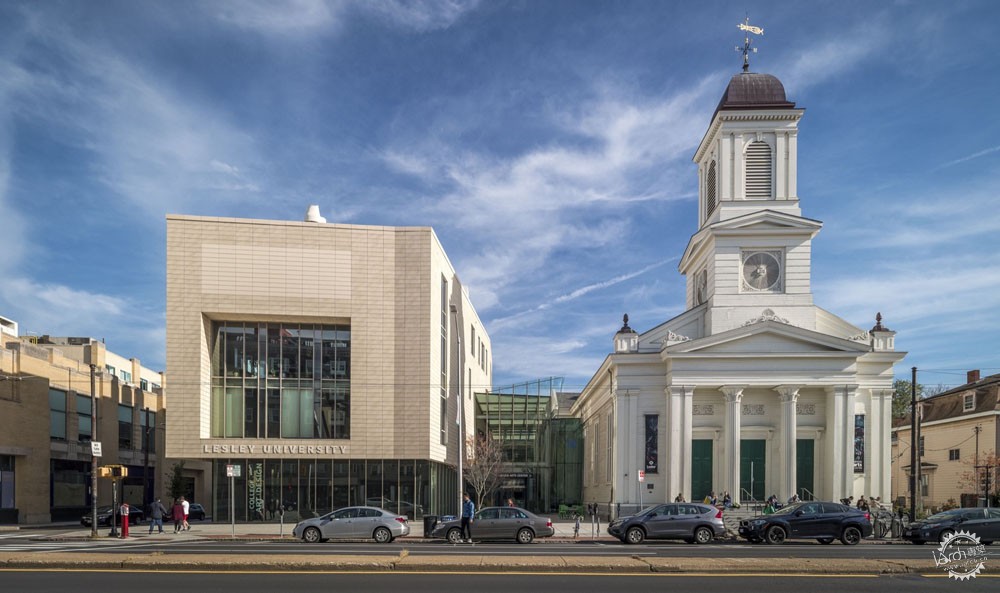
Lesley Lunder Arts Center - Photo by Robert Benson
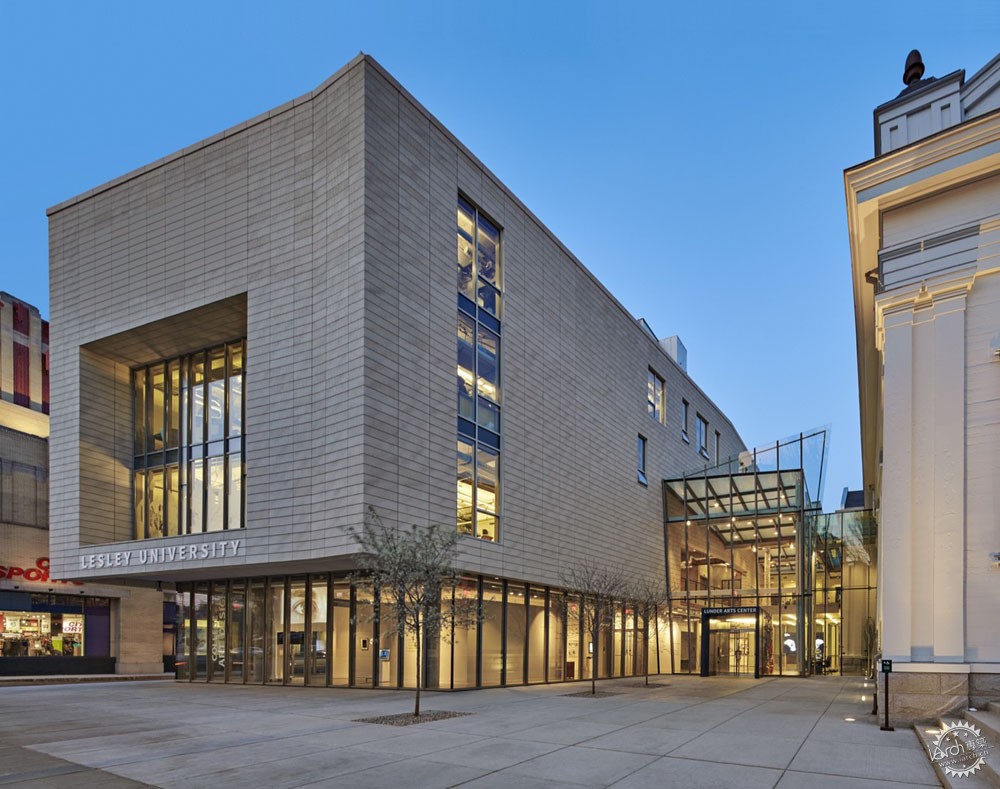
Lesley Lunder Arts Center - Photo by Robert Benson
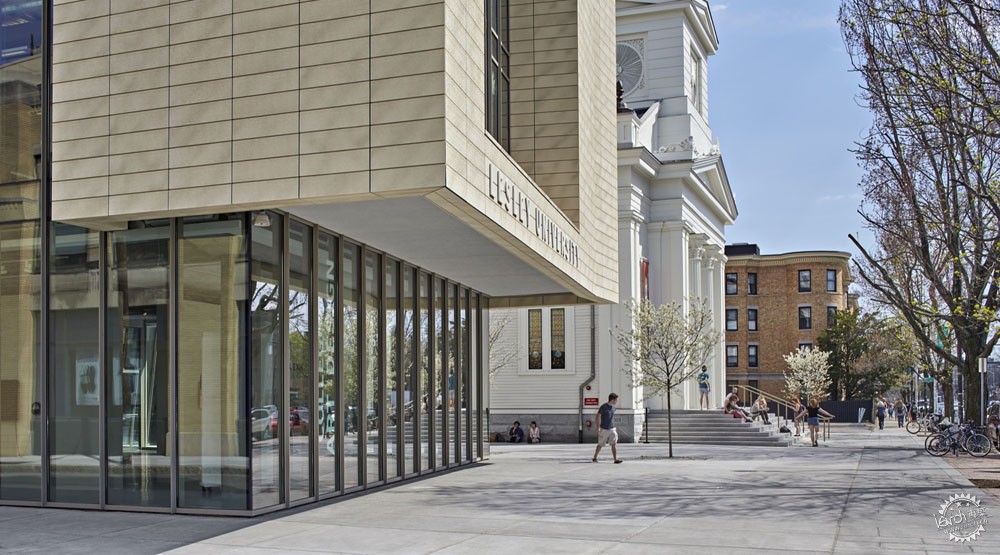
Lesley Lunder Arts Center - Photo by Robert Benson
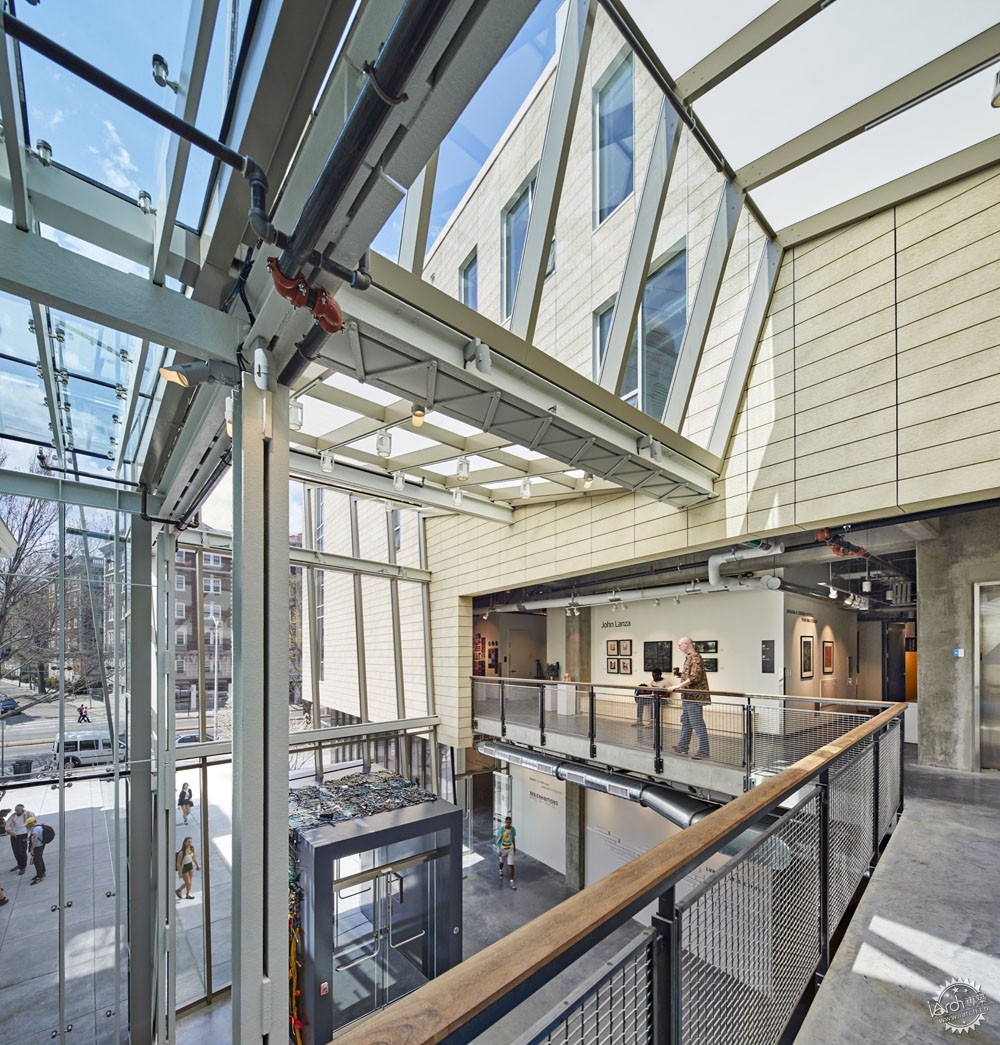
Lesley Lunder Arts Center - Photo by Robert Benson
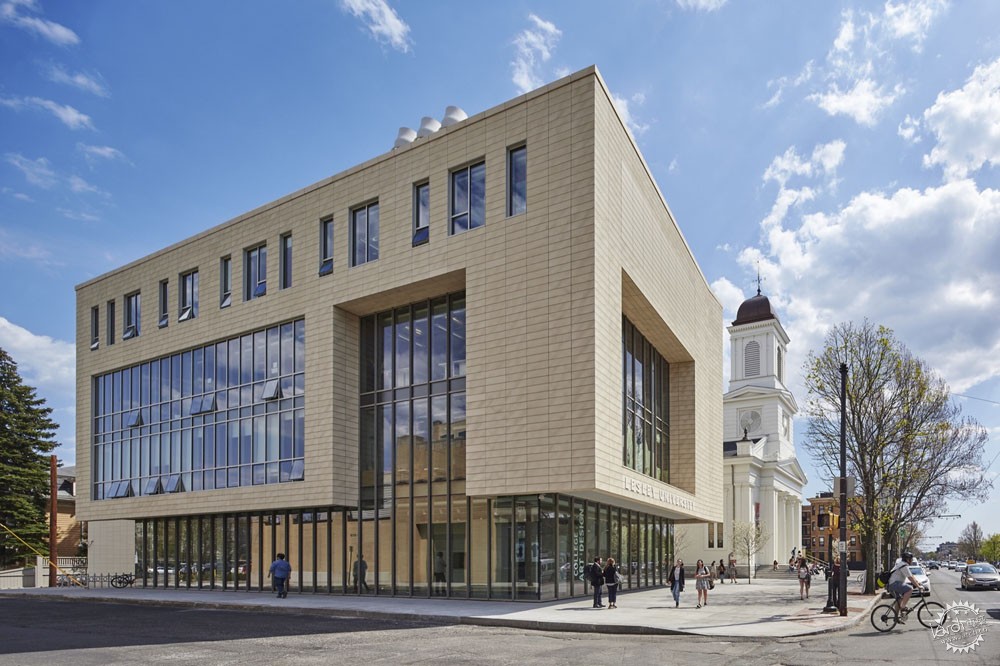
Lesley Lunder Arts Center - Photo by Robert Benson
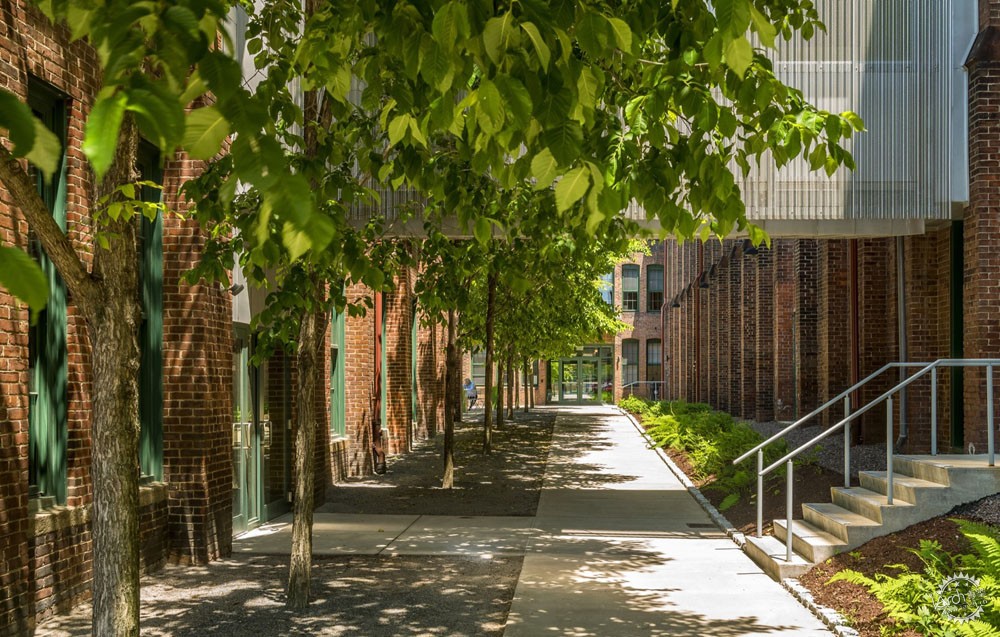
Waltham Watch Factory - Photo by Richard Mandelkorn
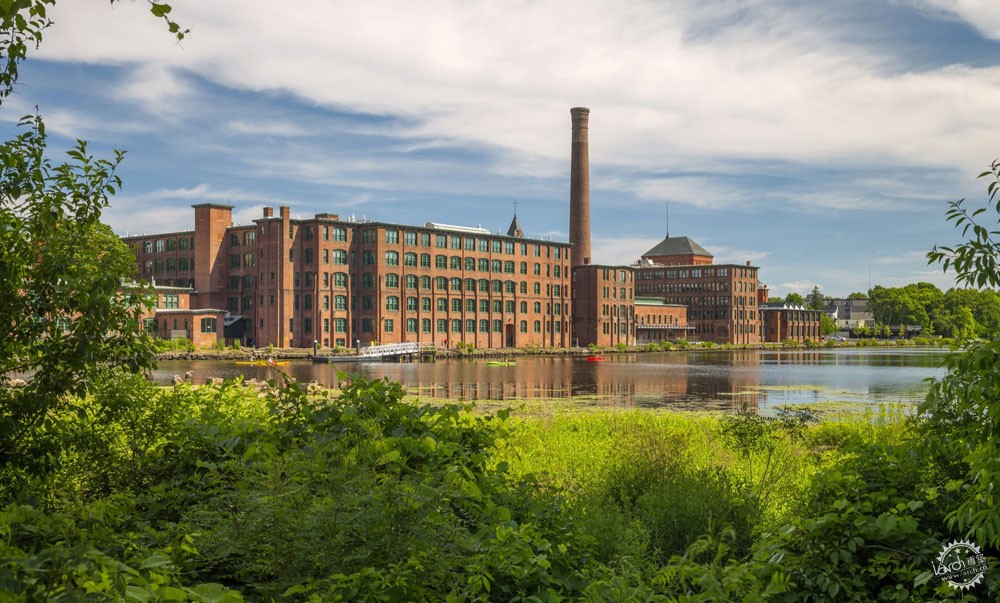
Waltham Watch Factory - Photo by Richard Mandelkorn
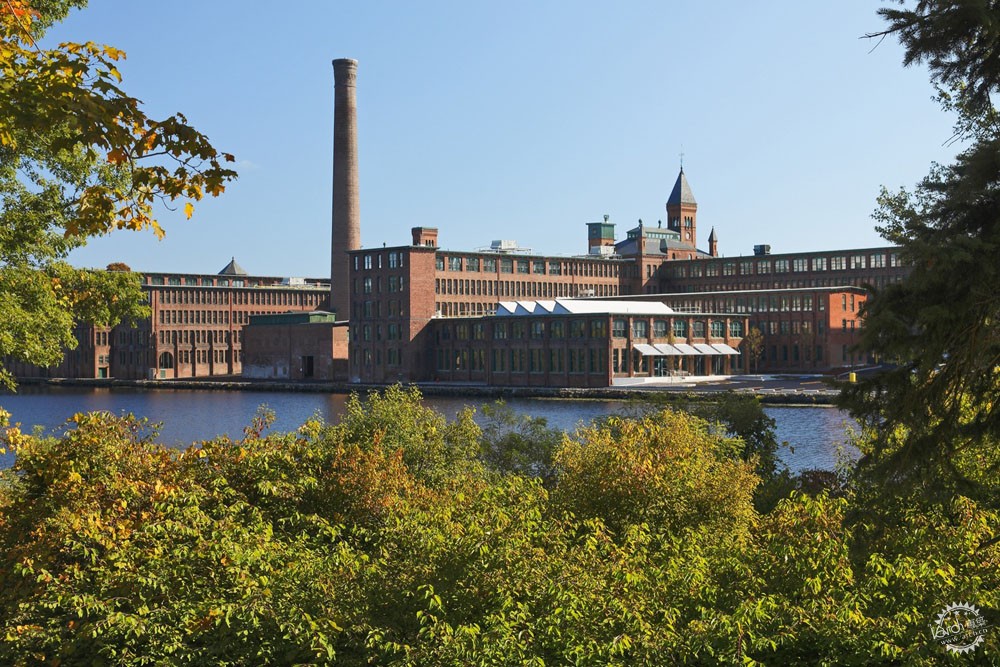
Waltham Watch Factory - Photo by Richard Mandelkorn
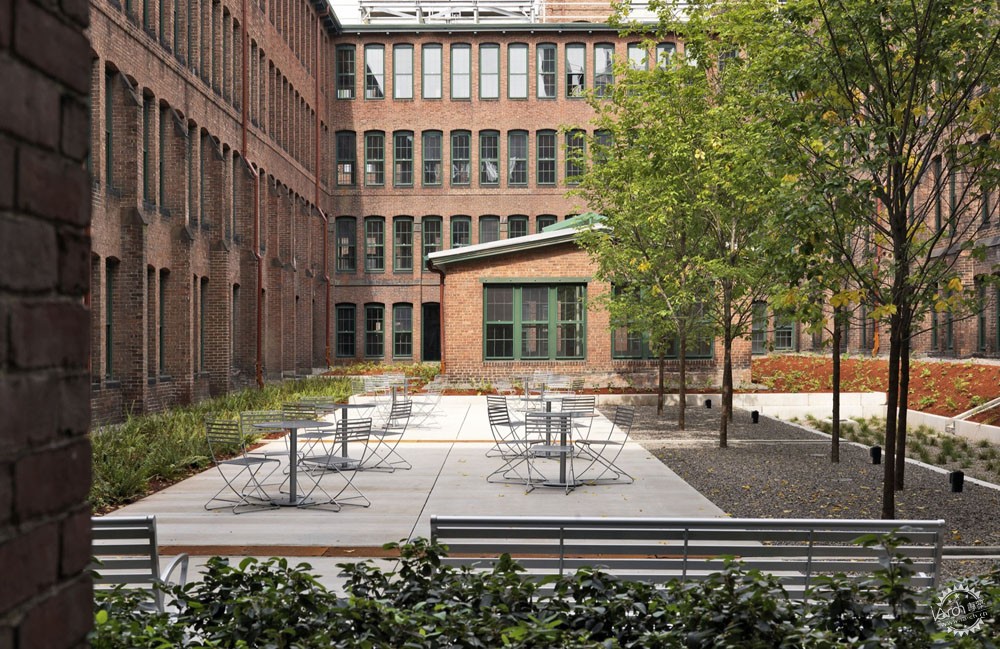
Waltham Watch Factory - Photo by Richard Mandelkorn
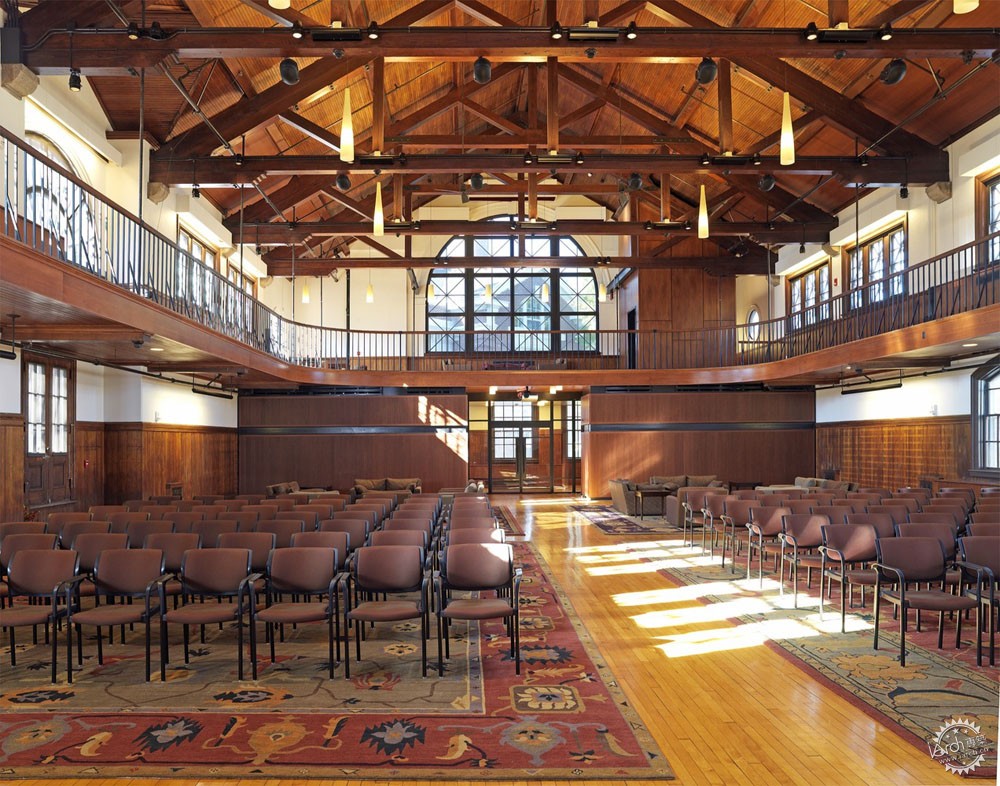
Radcliffe Institute Knafel Center - Photo by Richard Mandelkorn
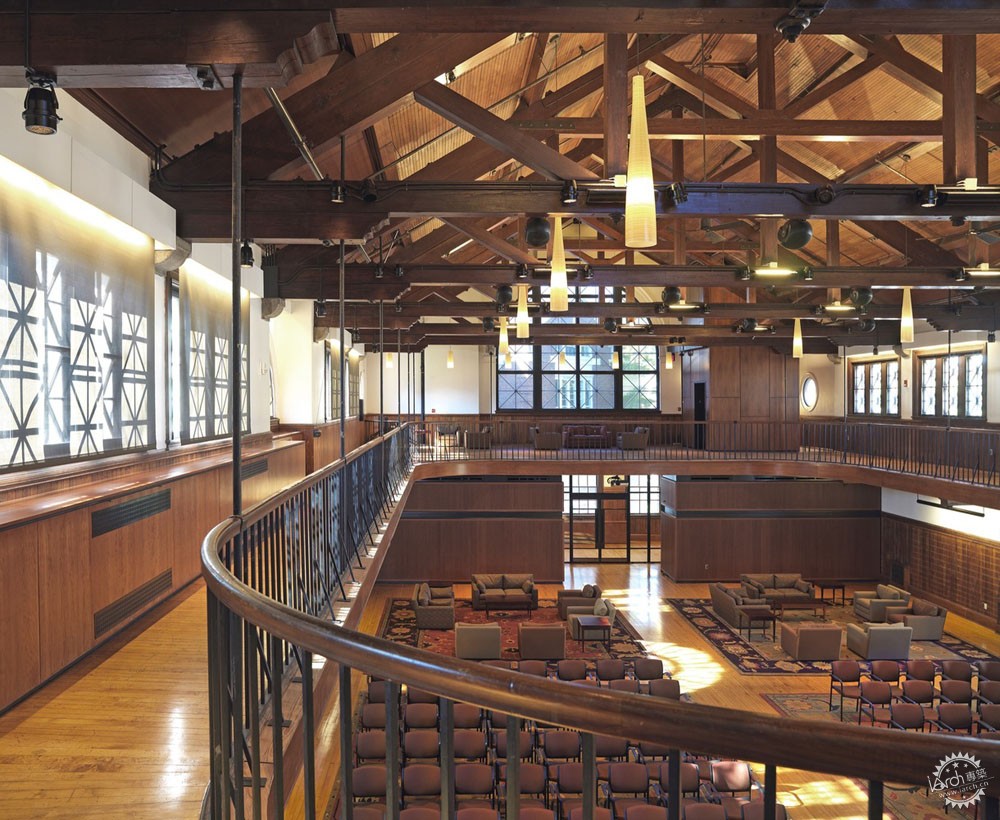
Radcliffe Institute Knafel Center - Photo by Richard Mandelkorn
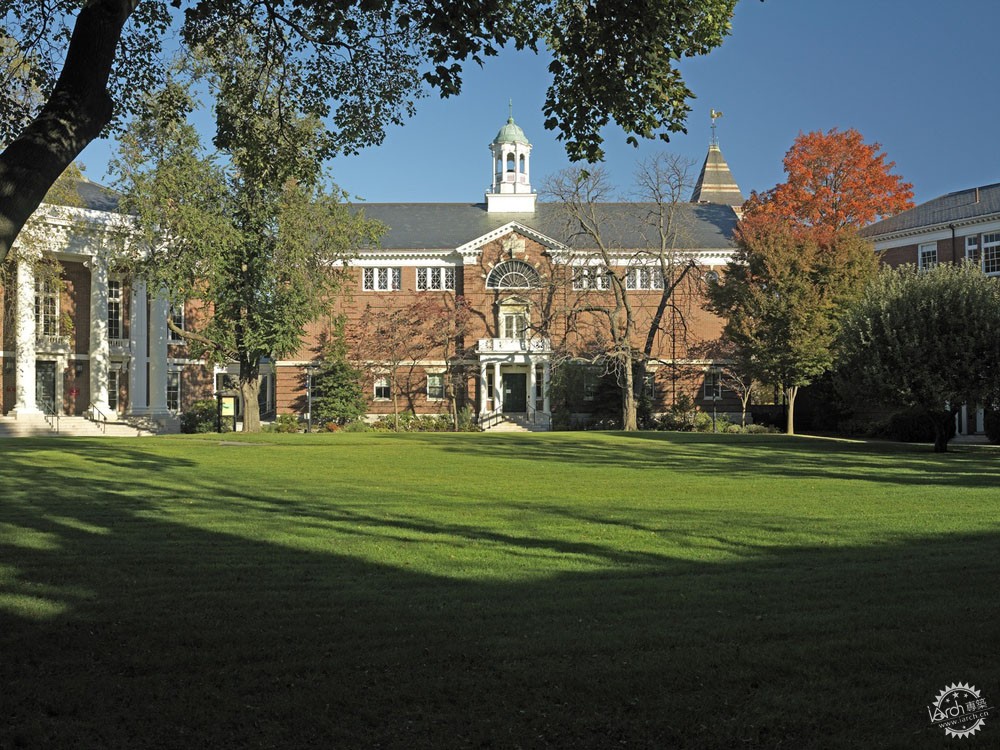
Radcliffe Institute Knafel Center - Photo by Richard Mandelkorn
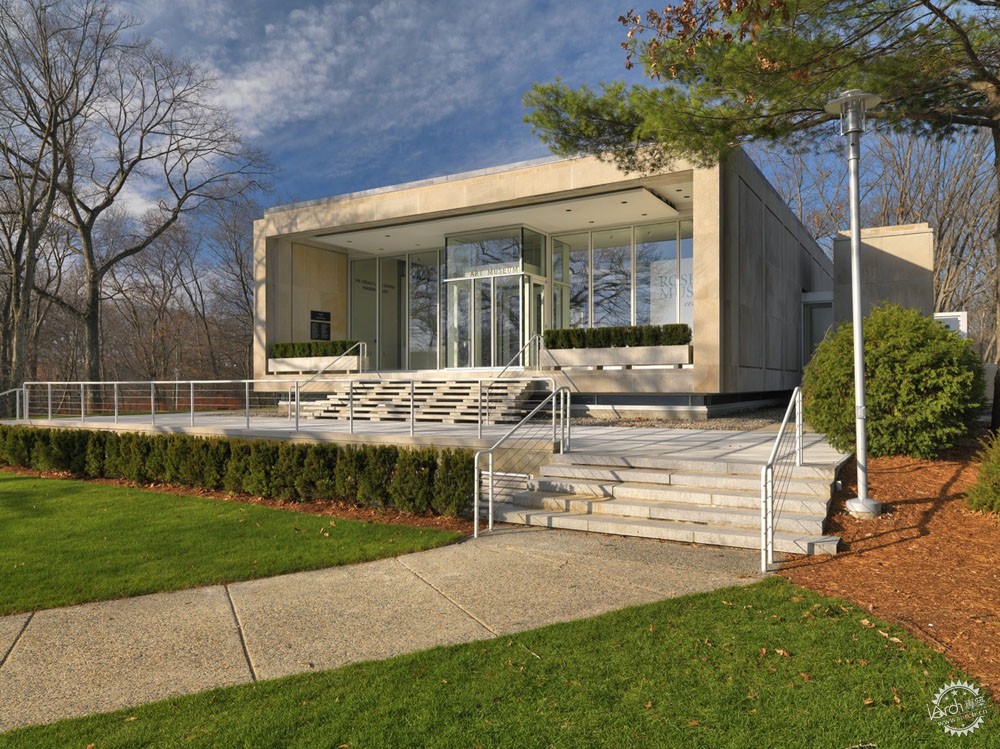
Brandeis University Rose Art Museum — Photo by Richard Mandelkorn

Brandeis University Rose Art Museum — Photo by Richard Mandelkorn
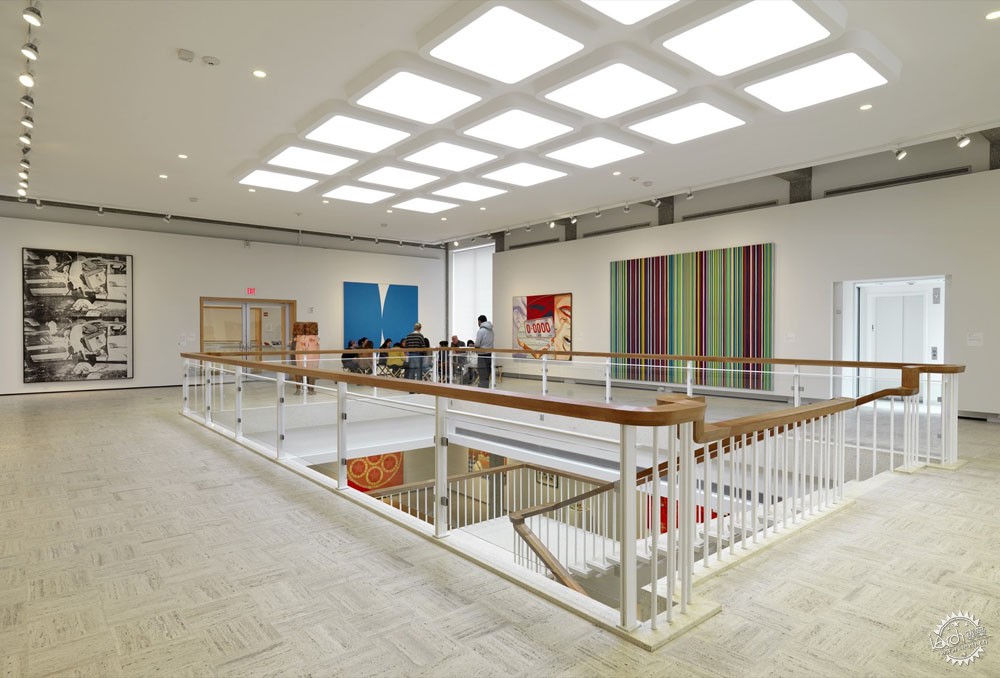
Brandeis University Rose Art Museum — Photo by Richard Mandelkorn
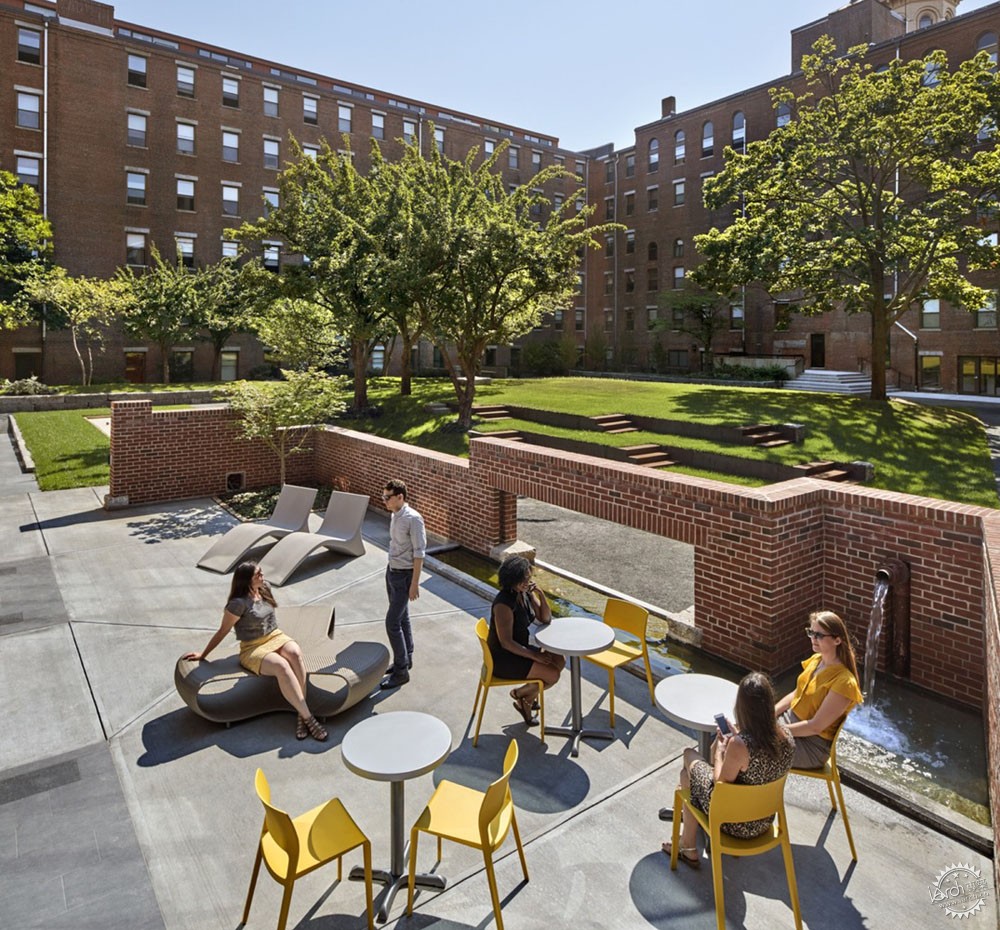
Piano Craft Guild Artist Lofts — Photo by Robert Benson
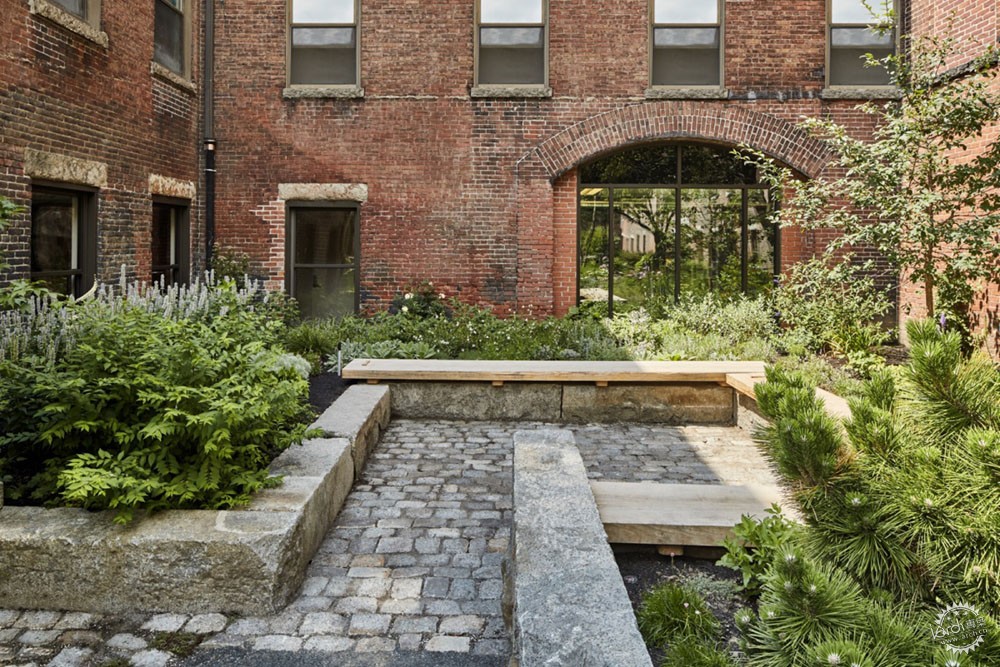
Piano Craft Guild Artist Lofts — Photo by Robert Benson
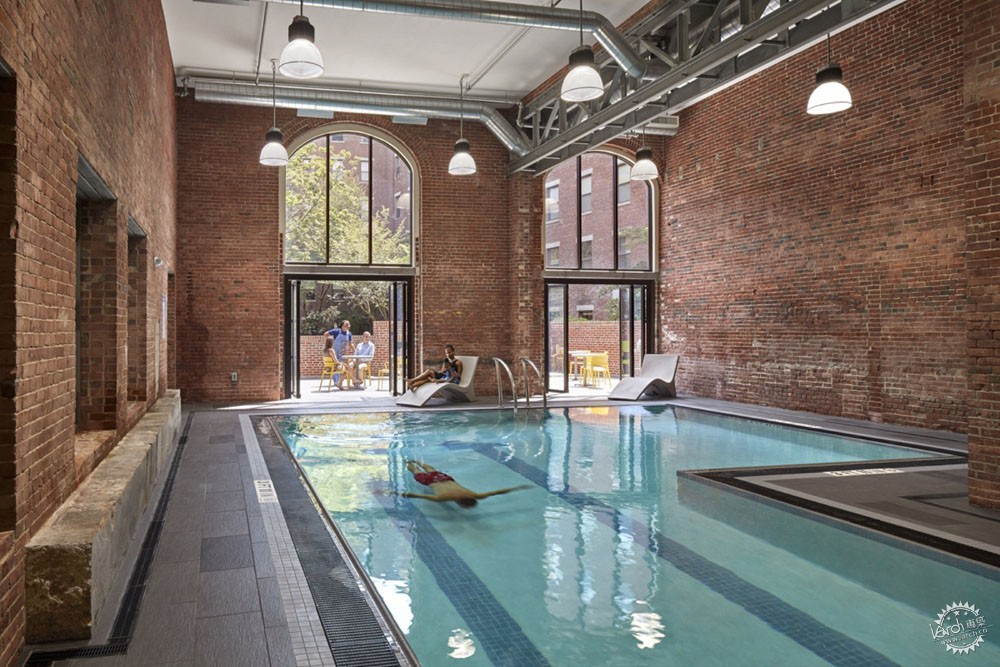
Piano Craft Guild Artist Lofts — Photo by Robert Benson
|
|
